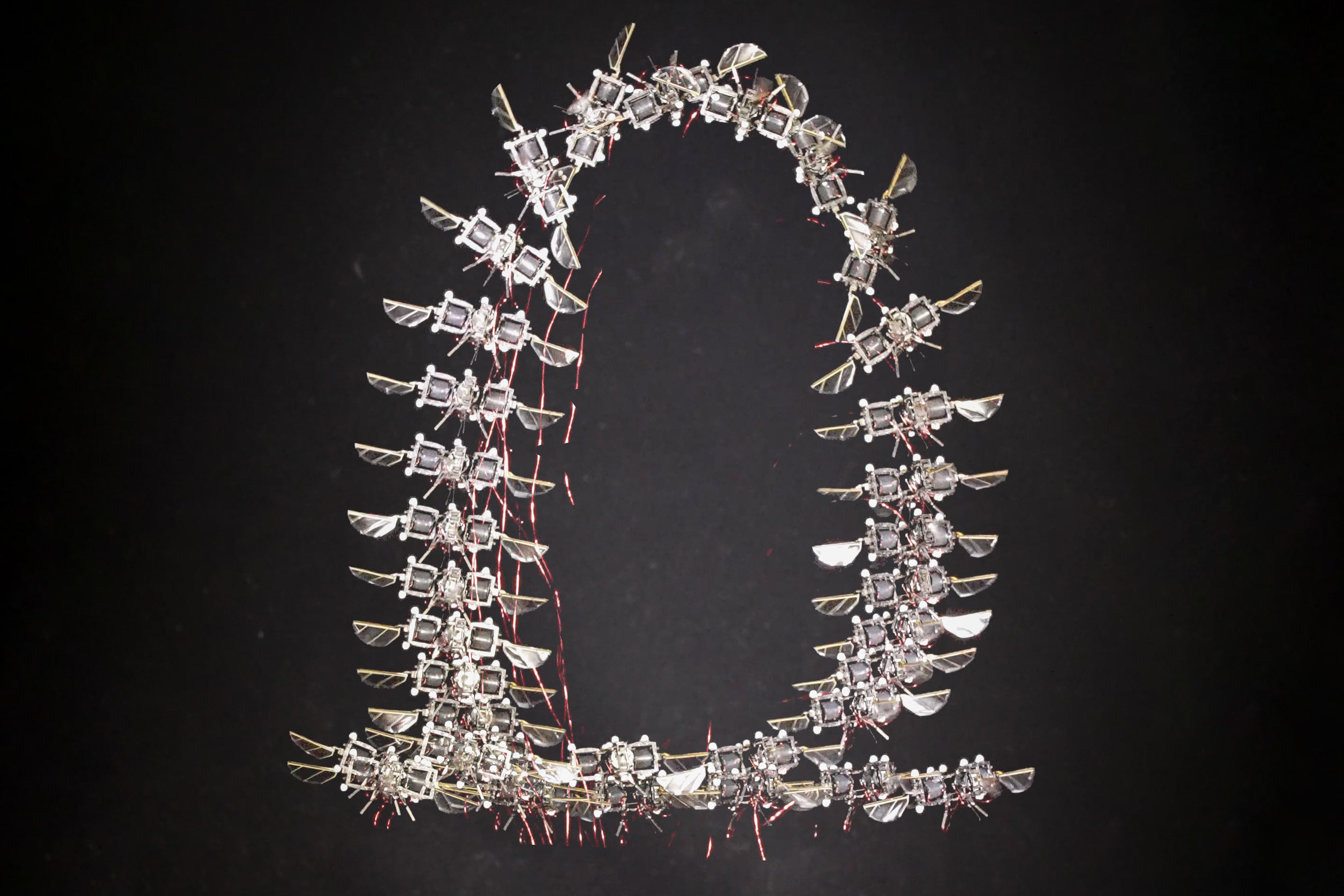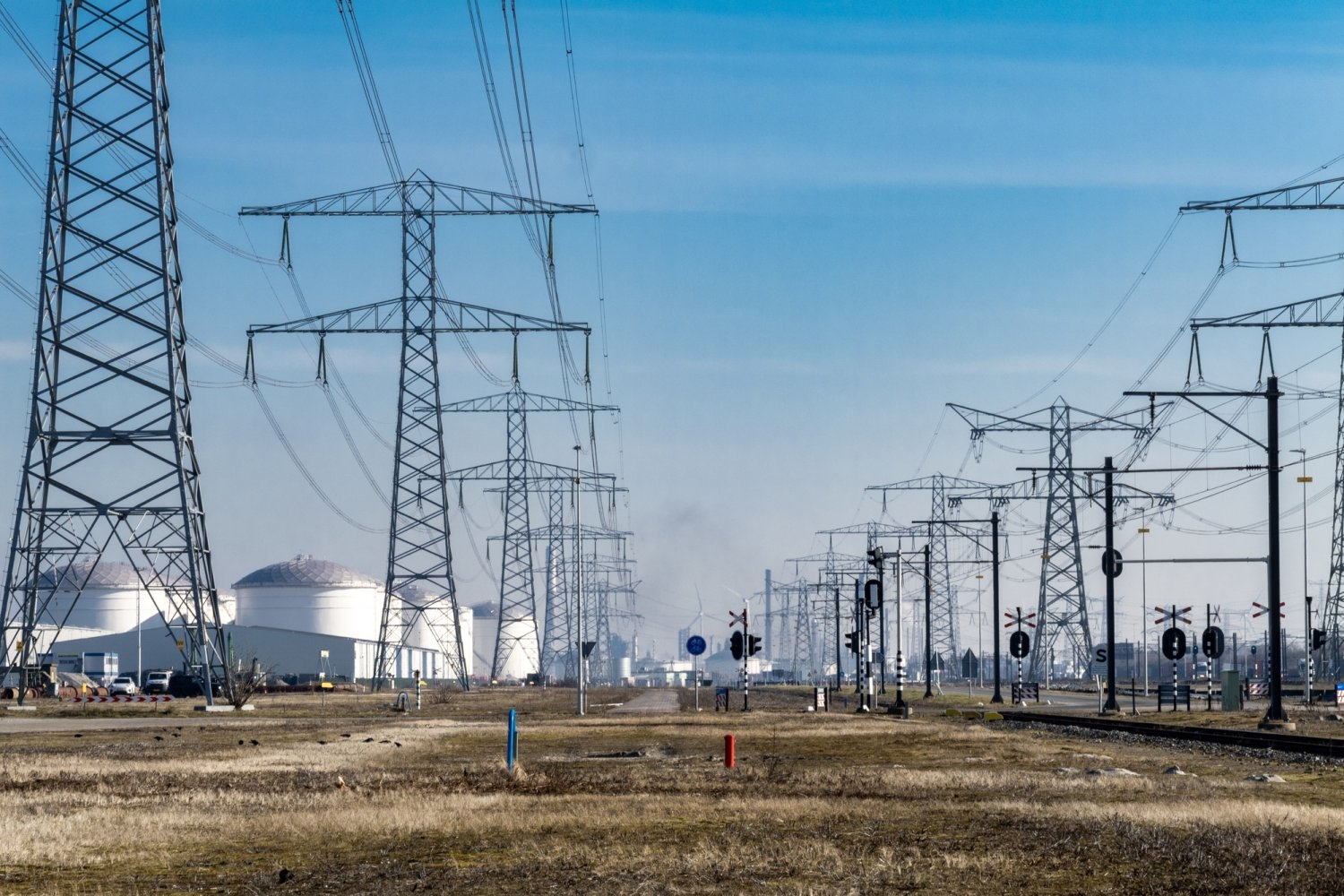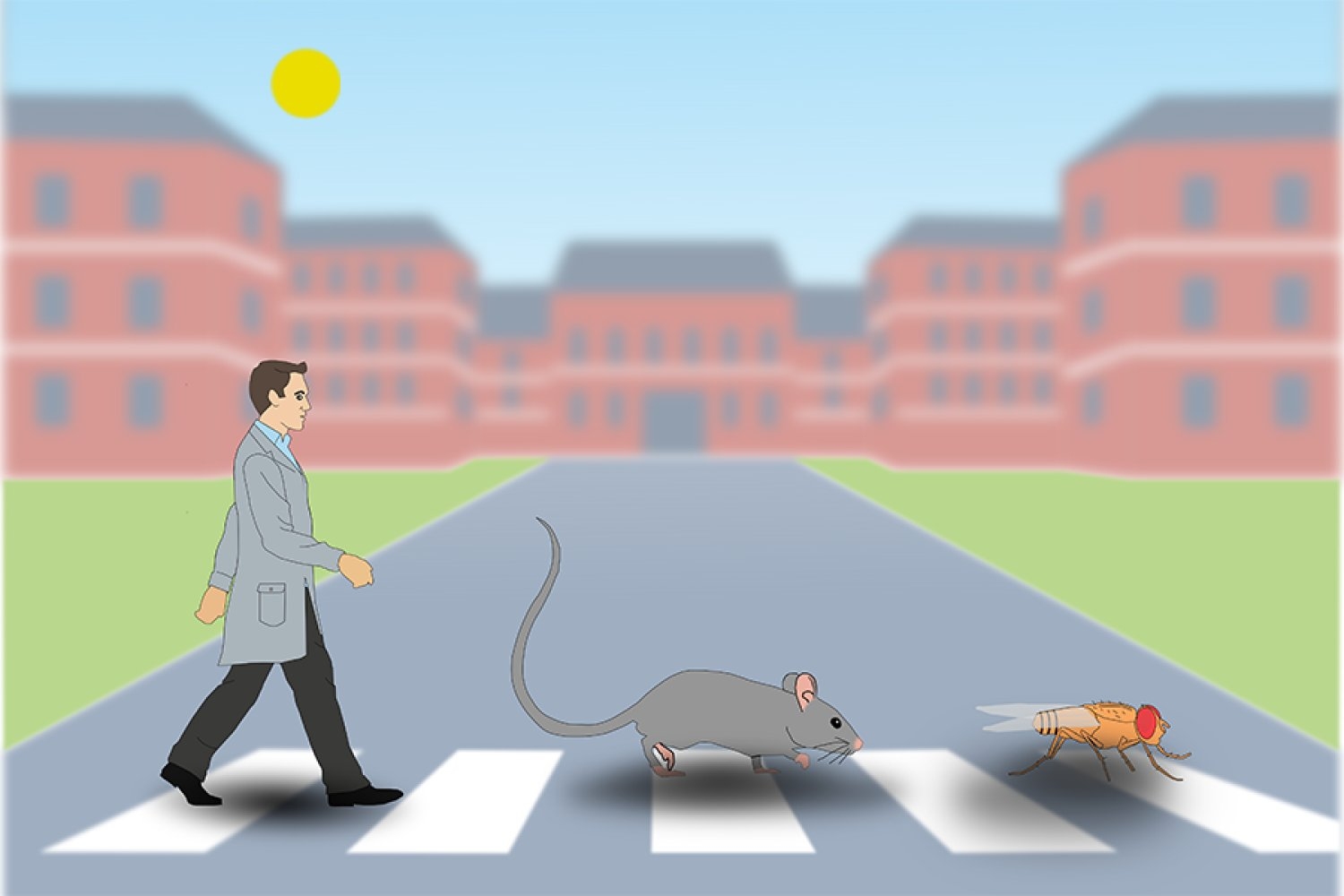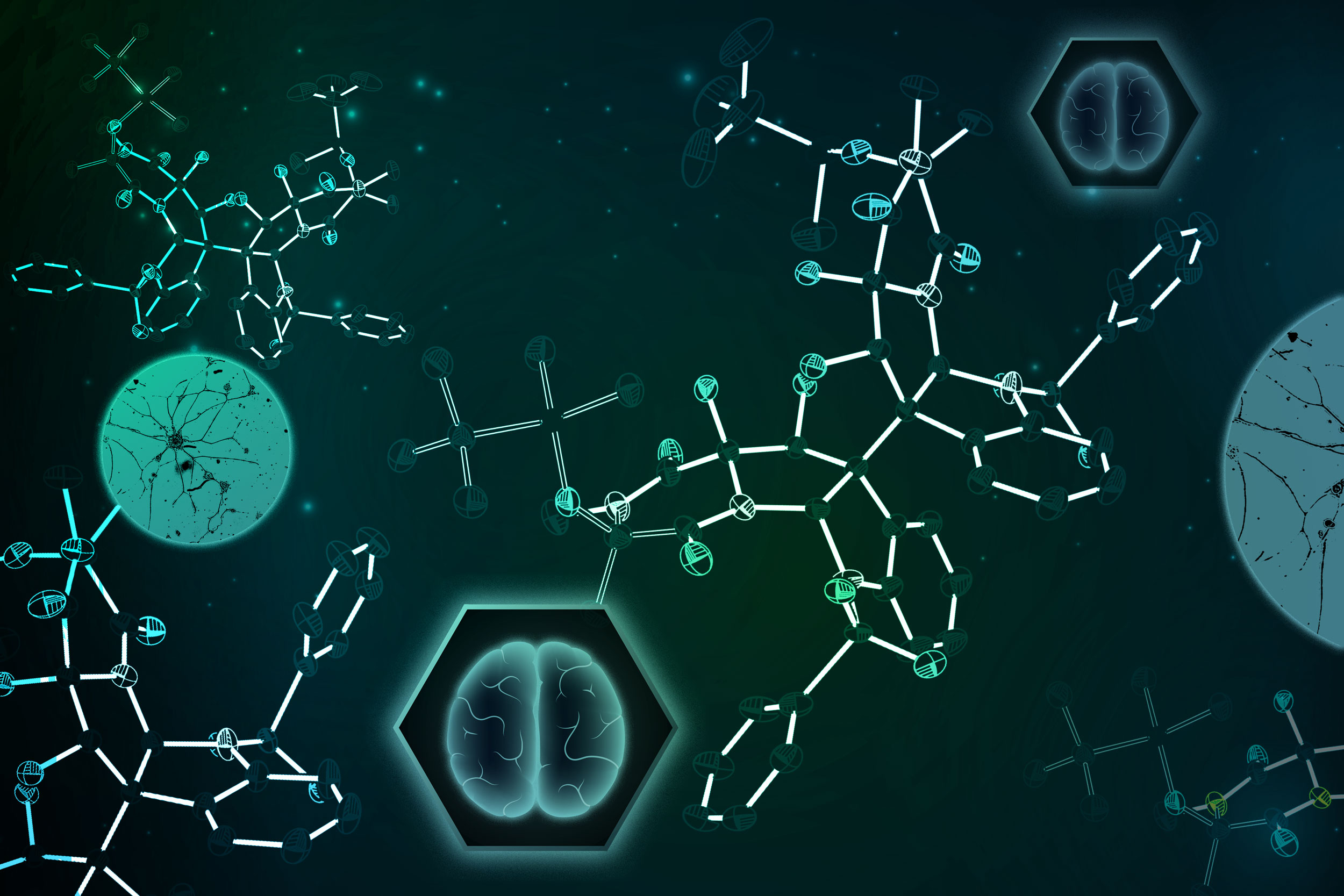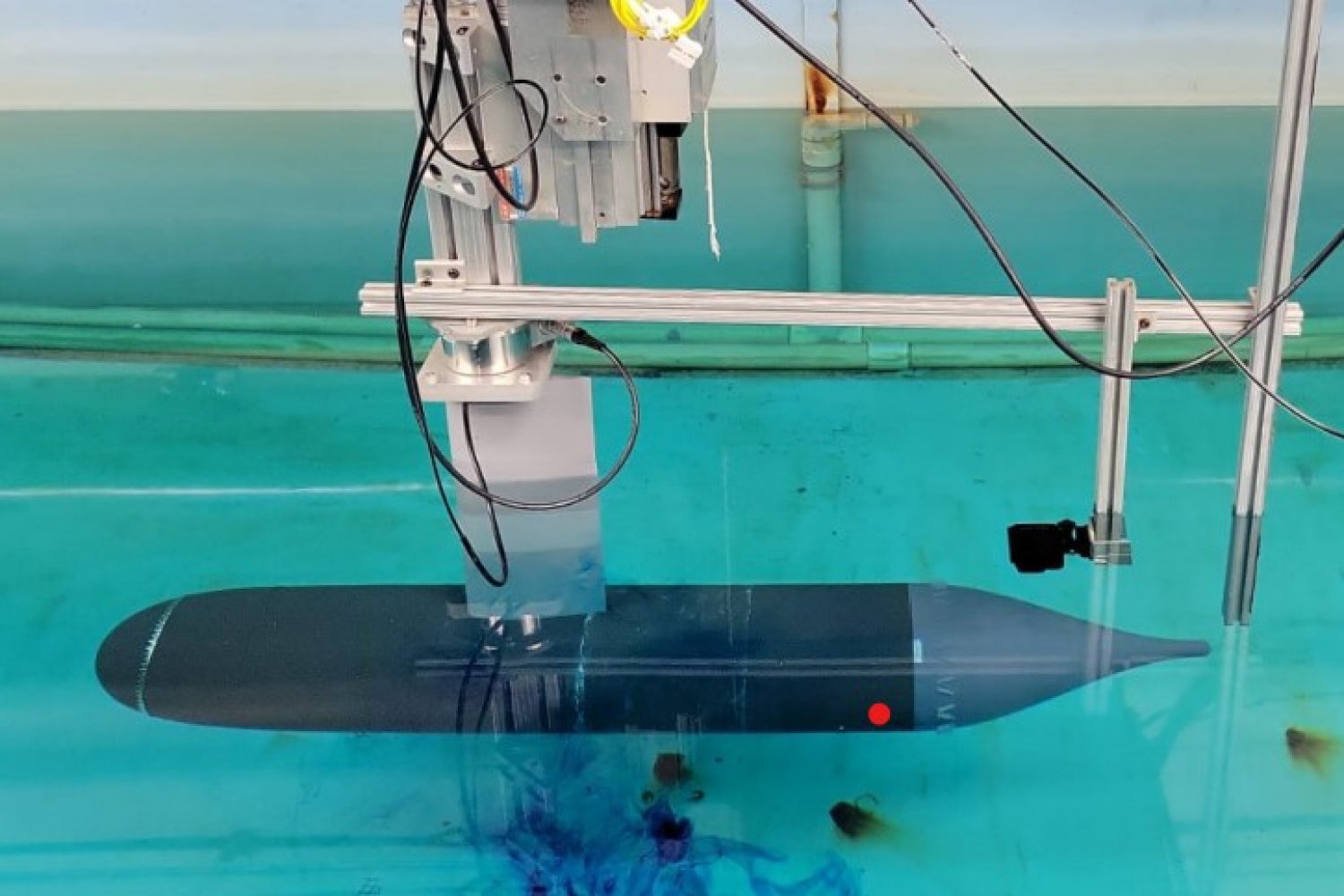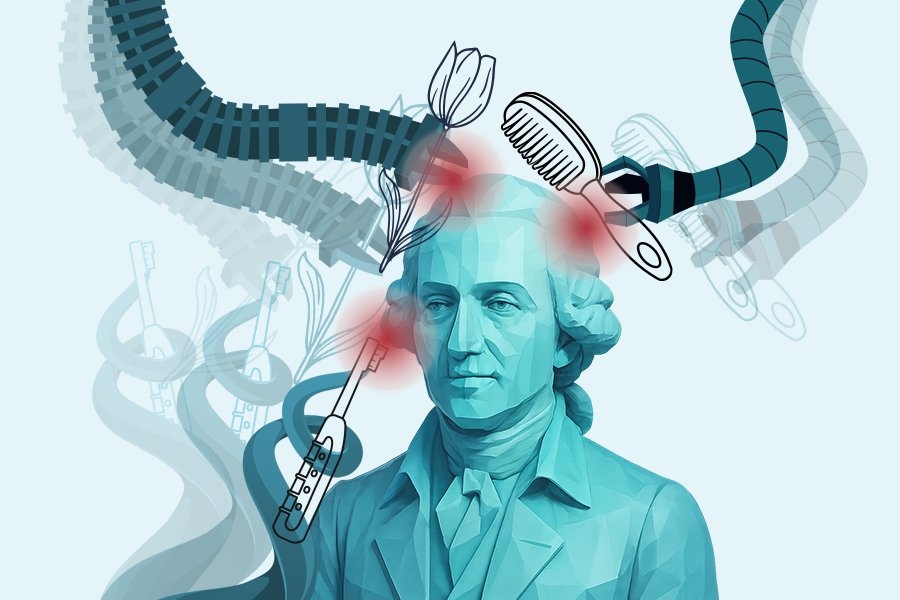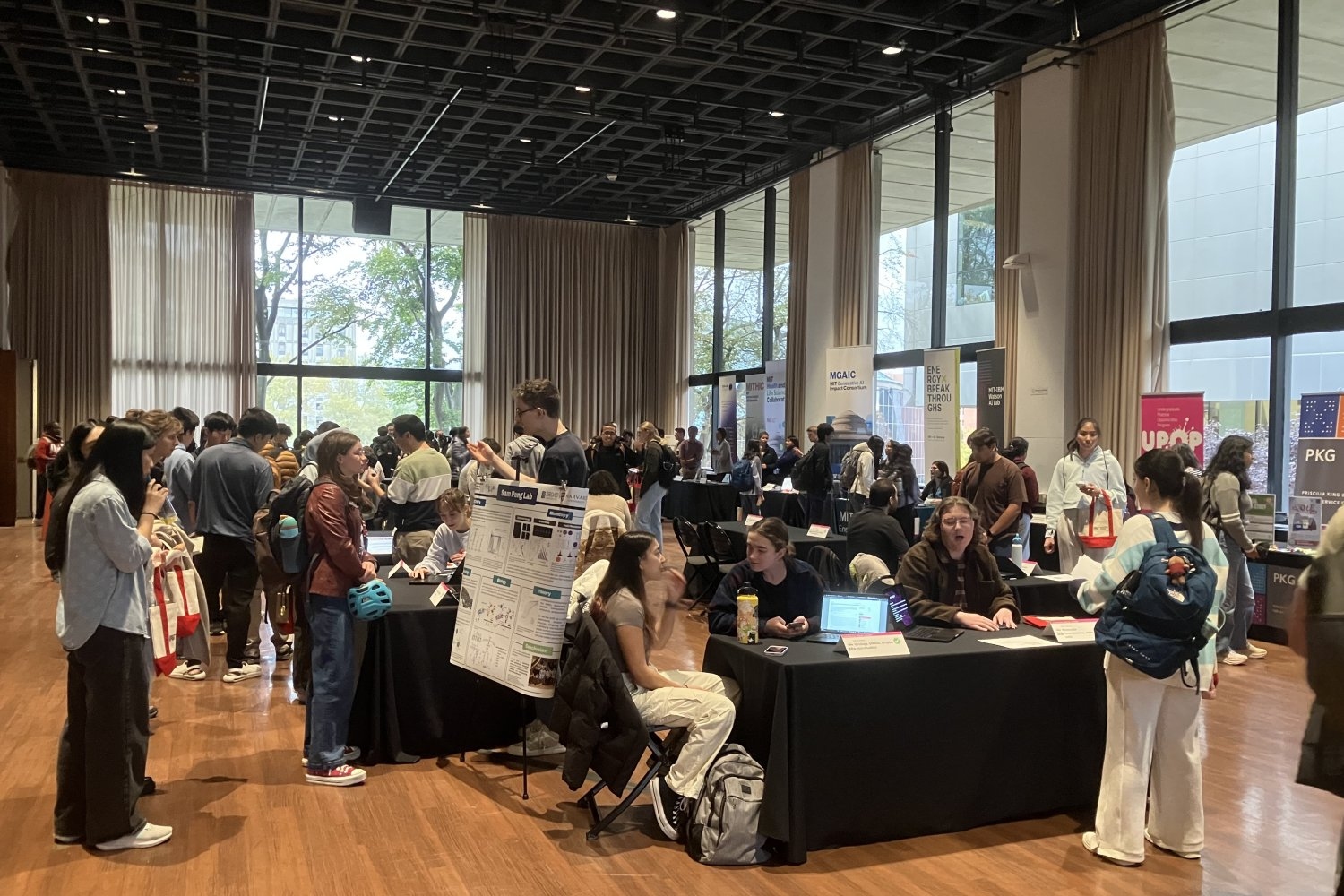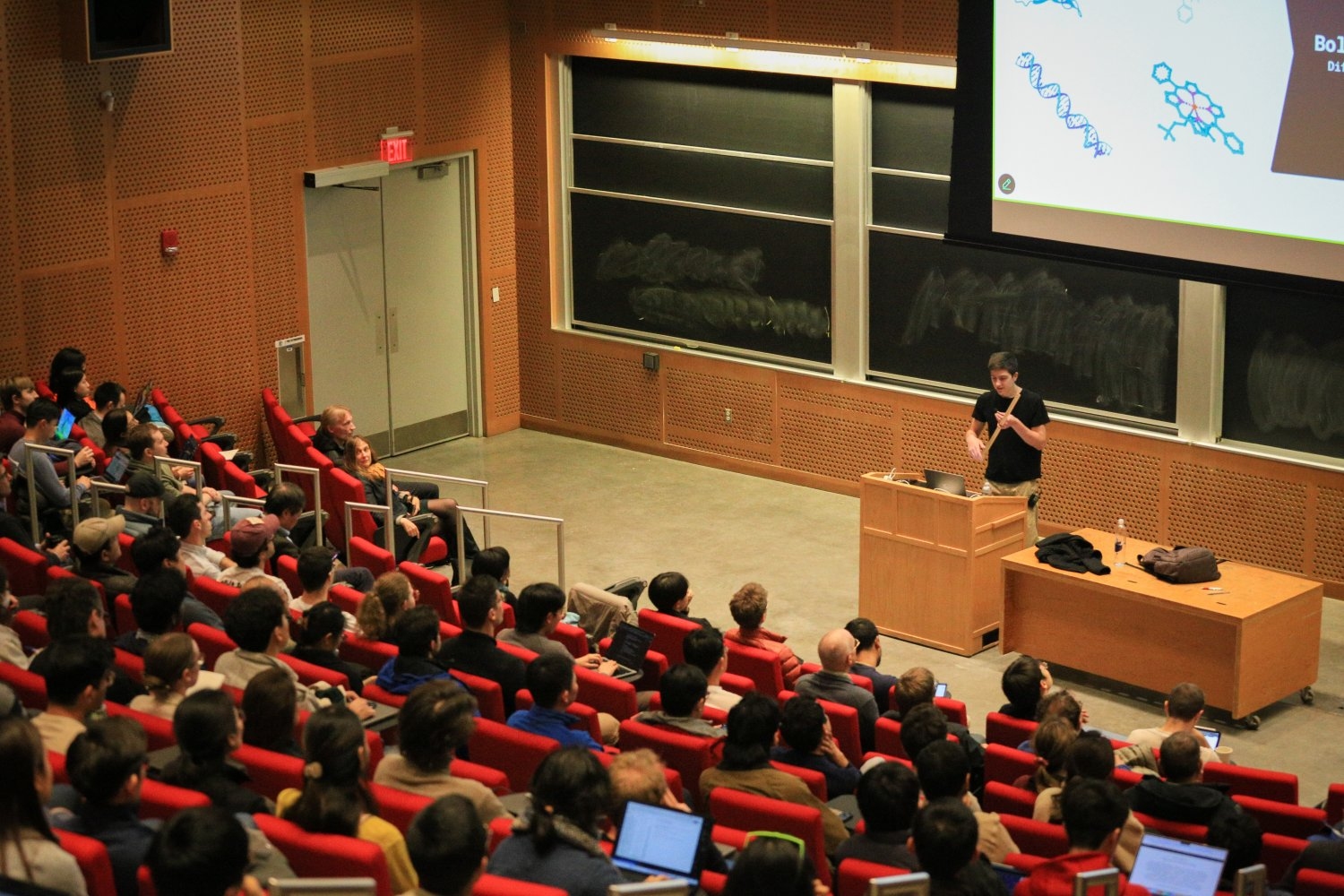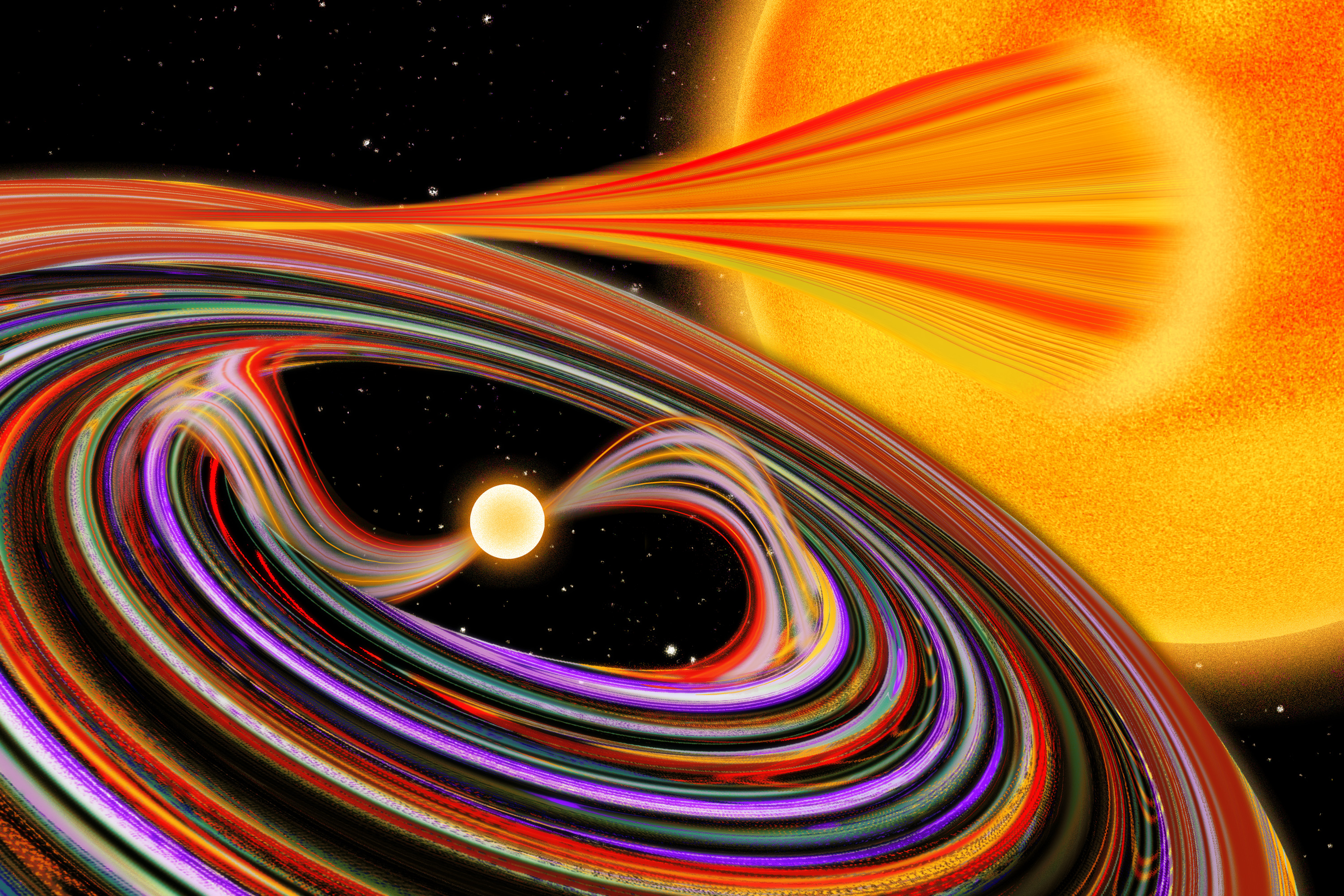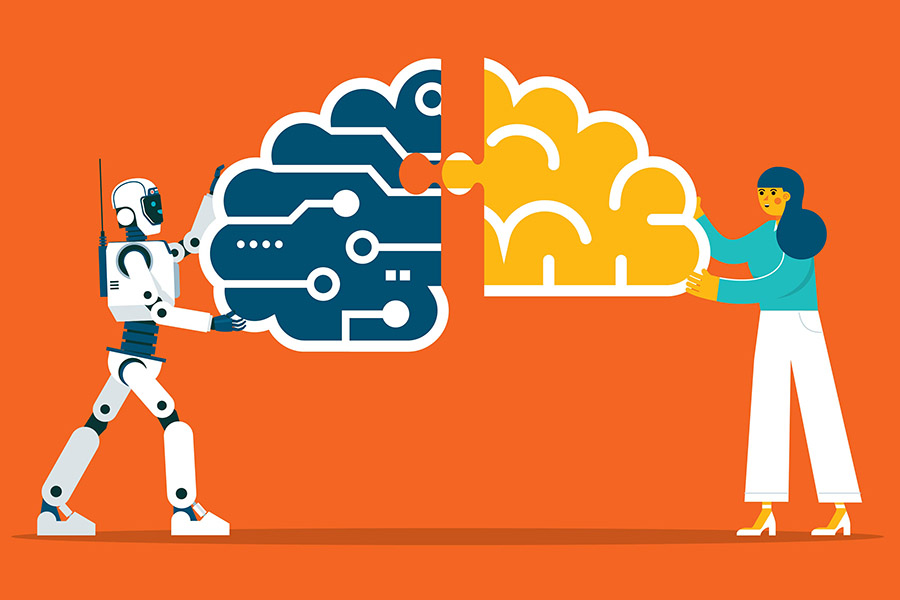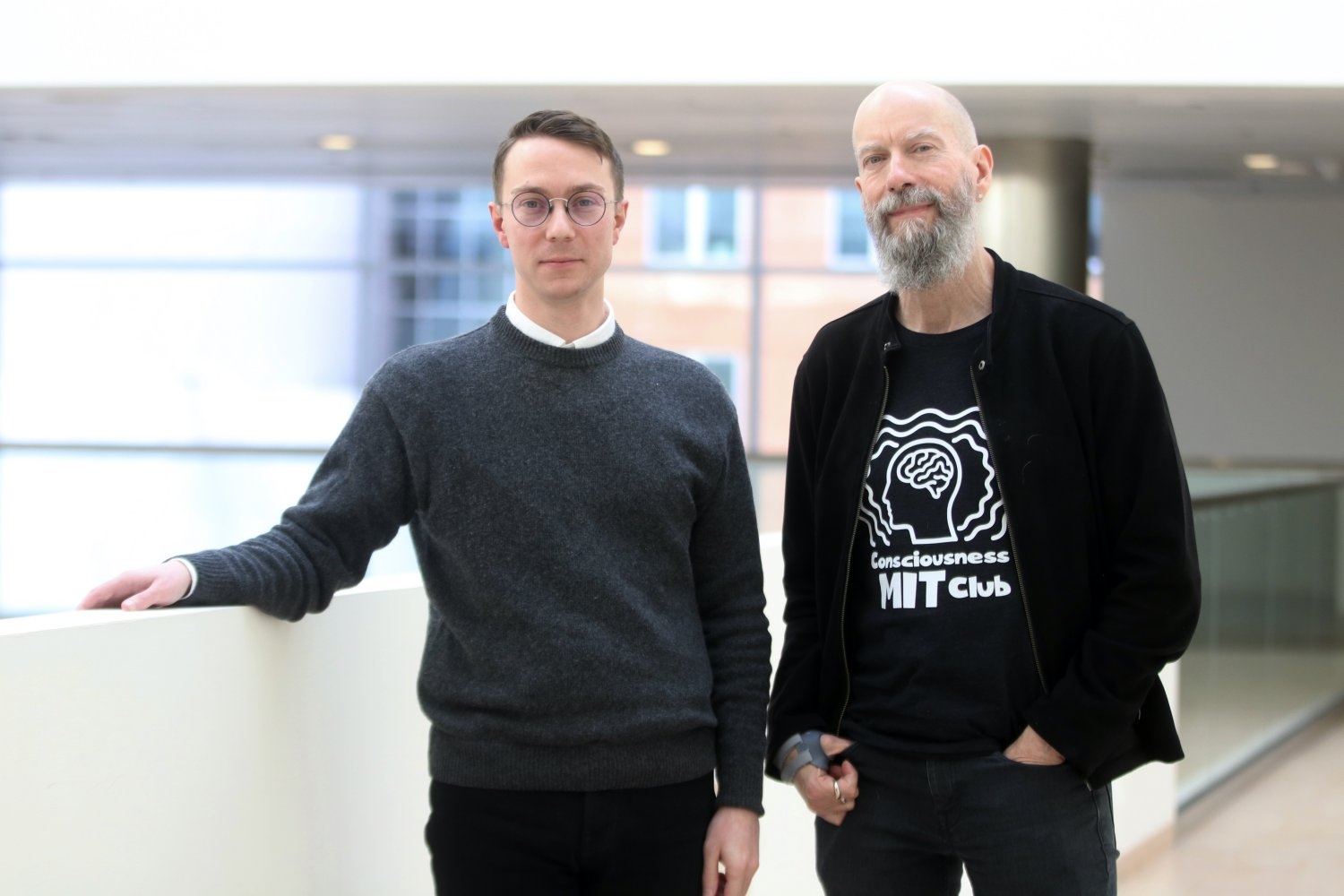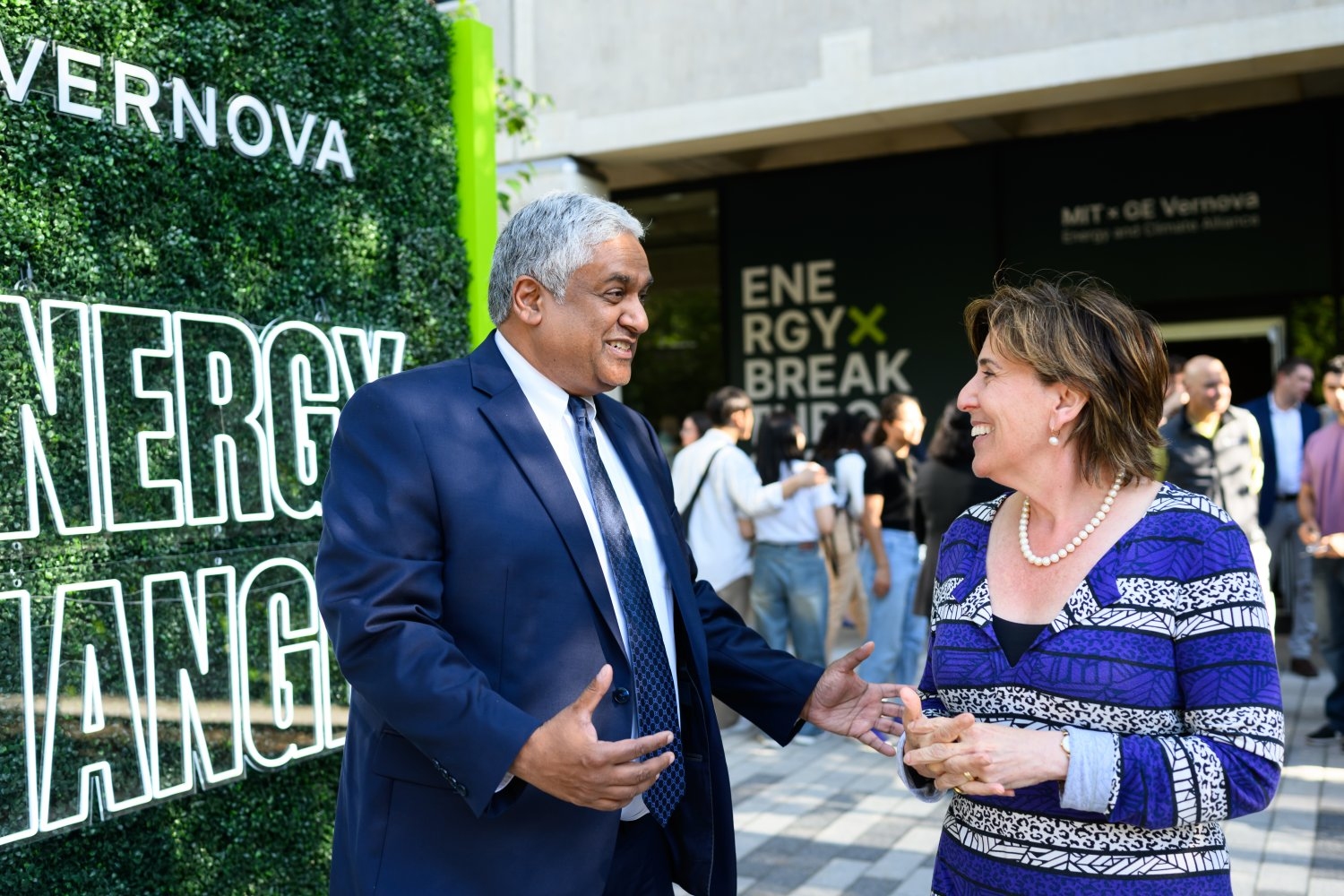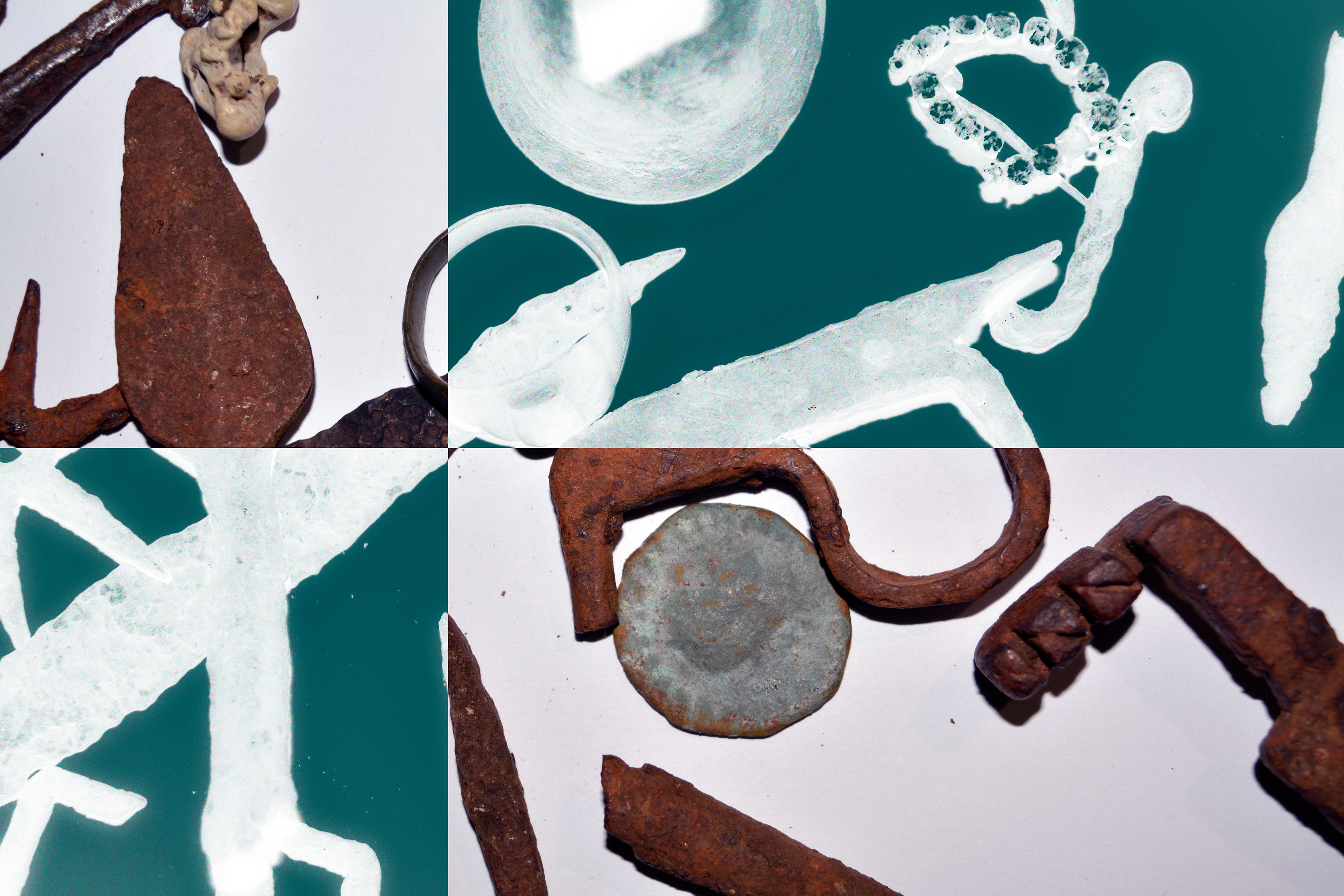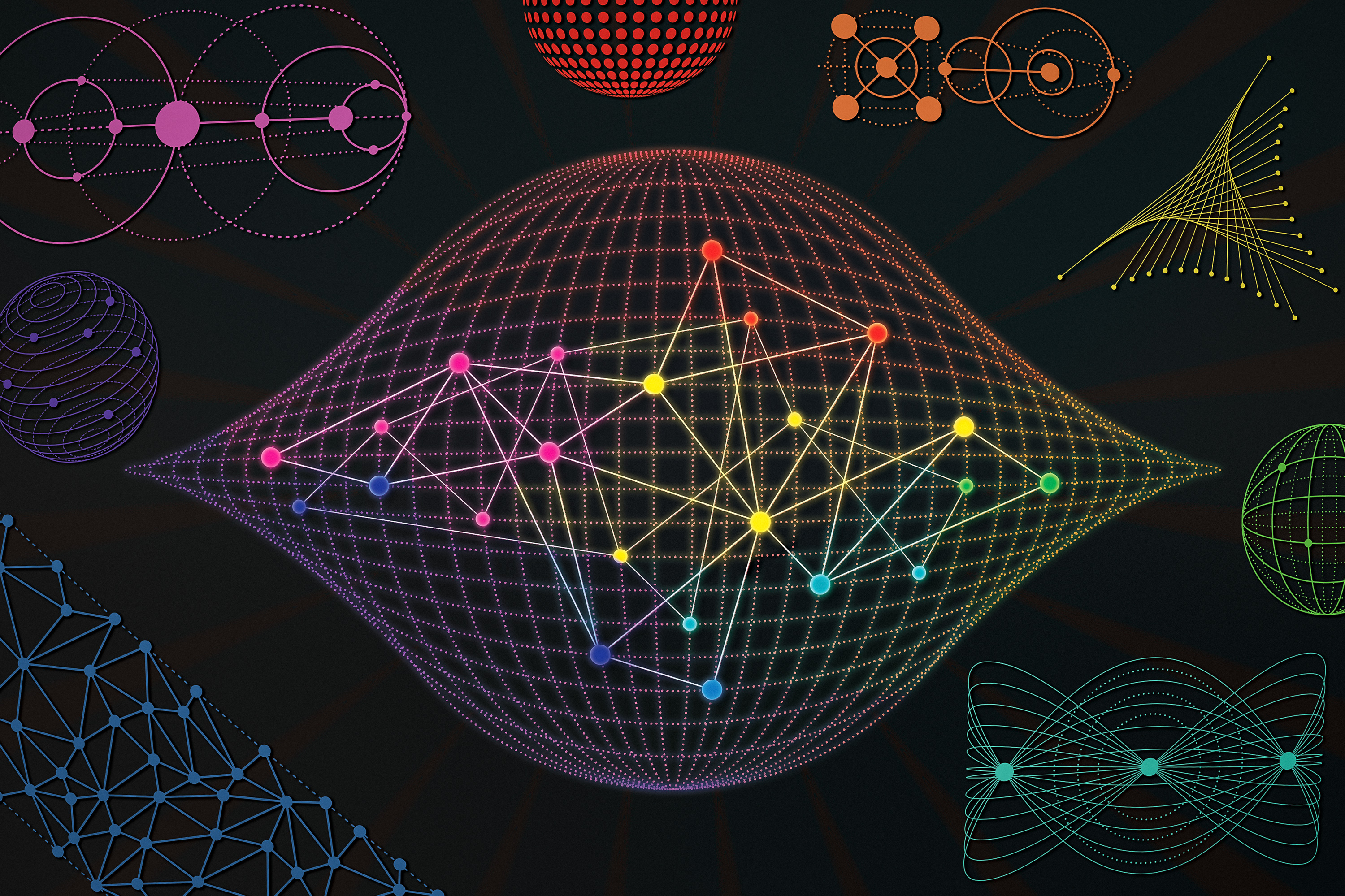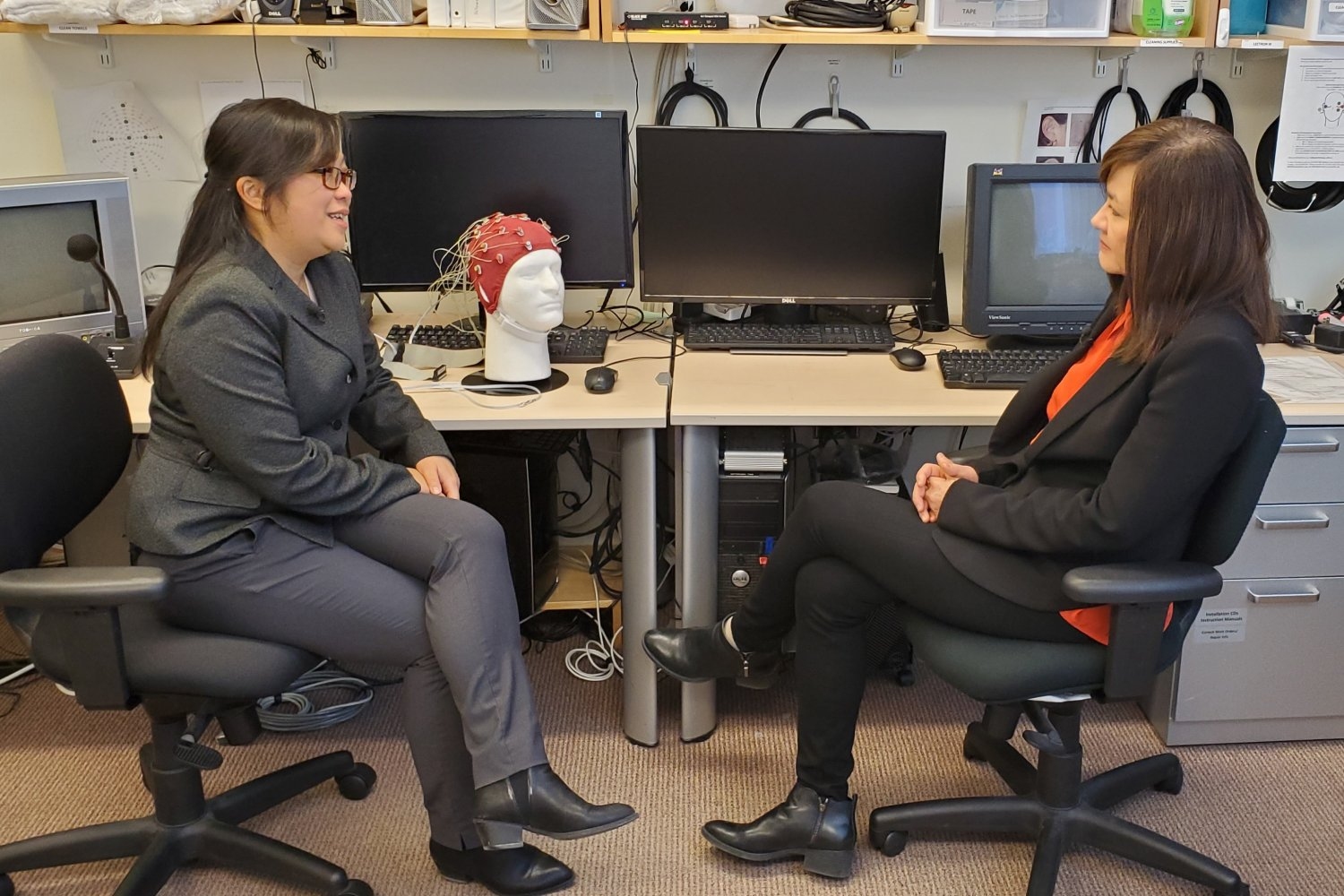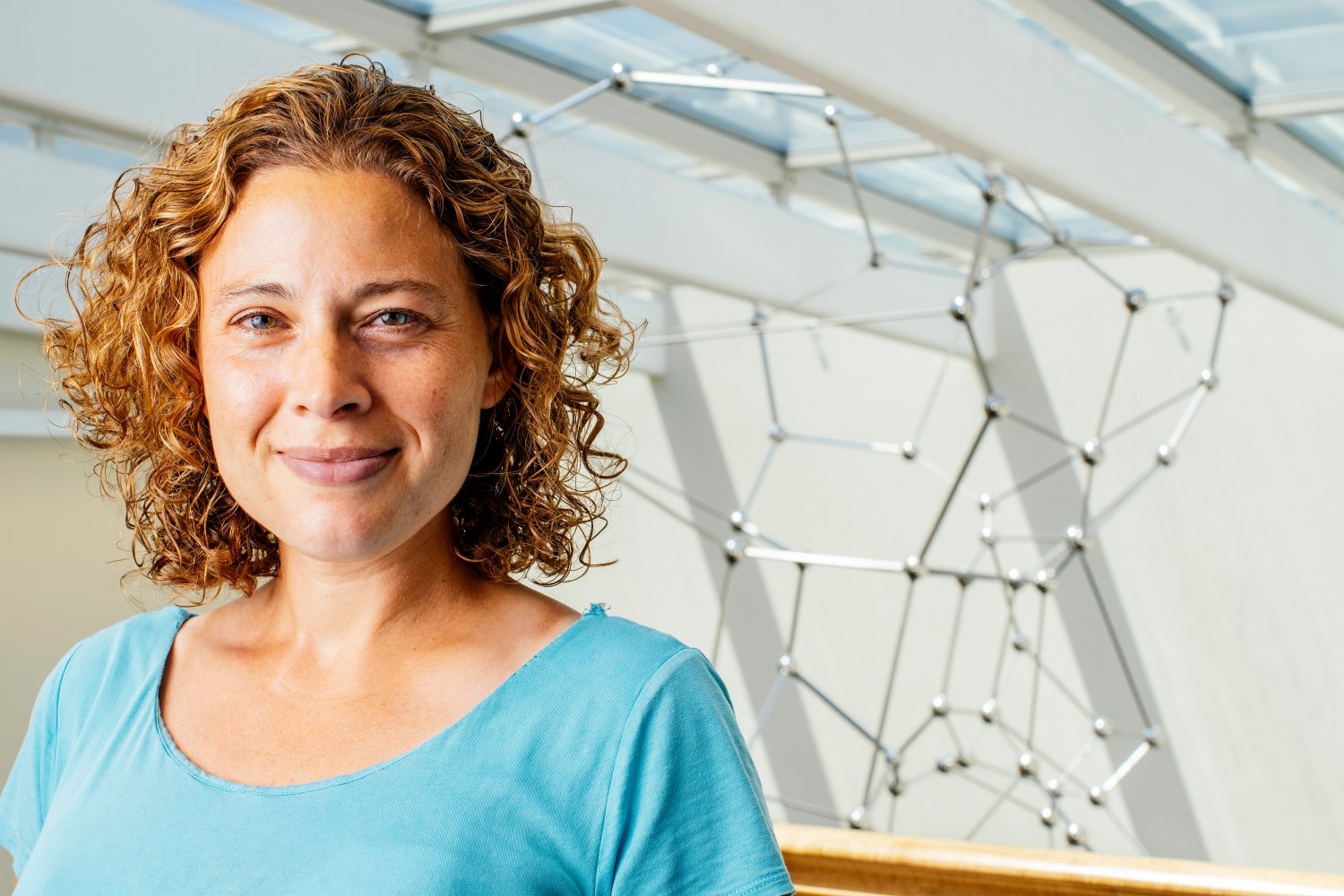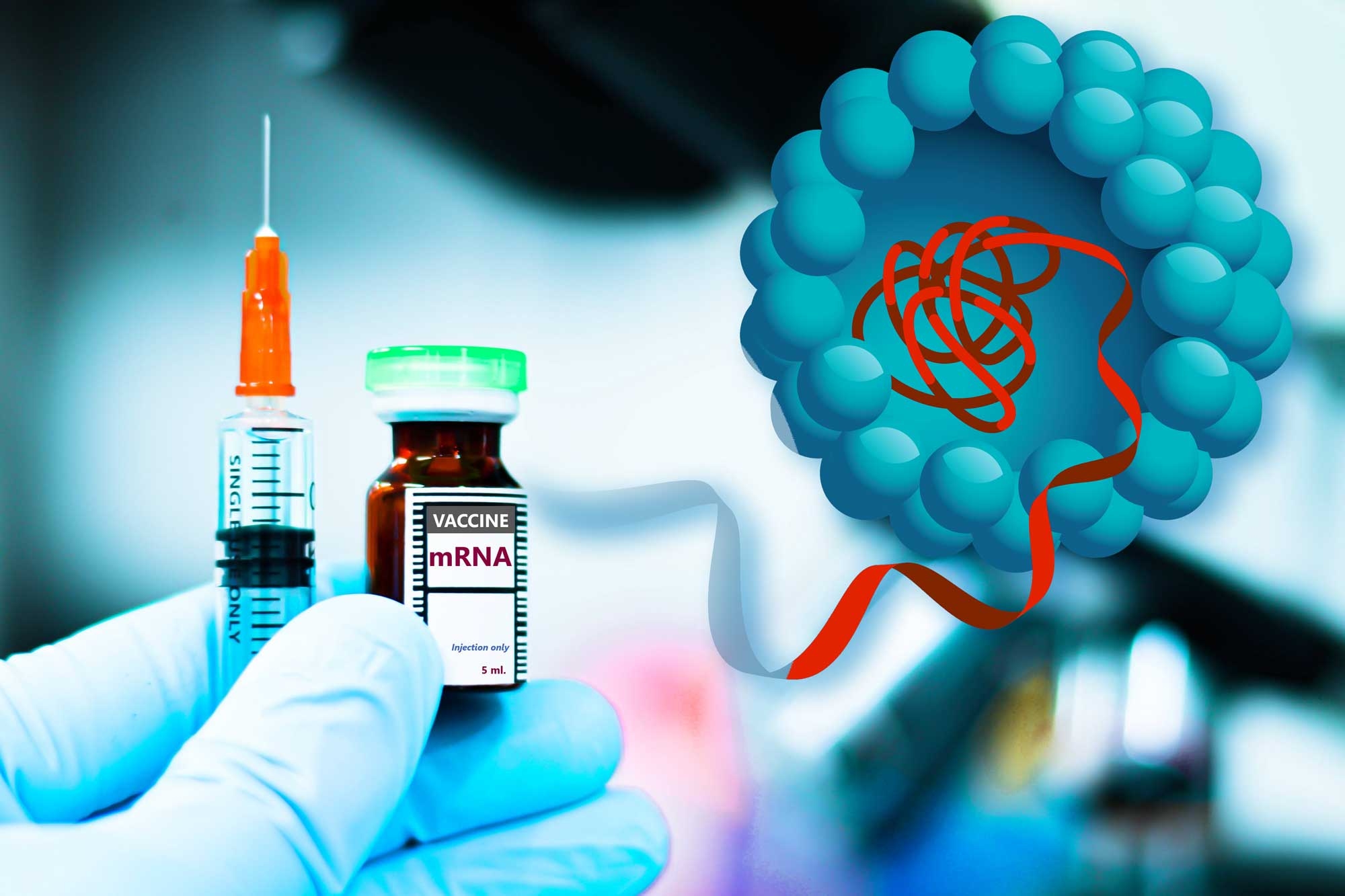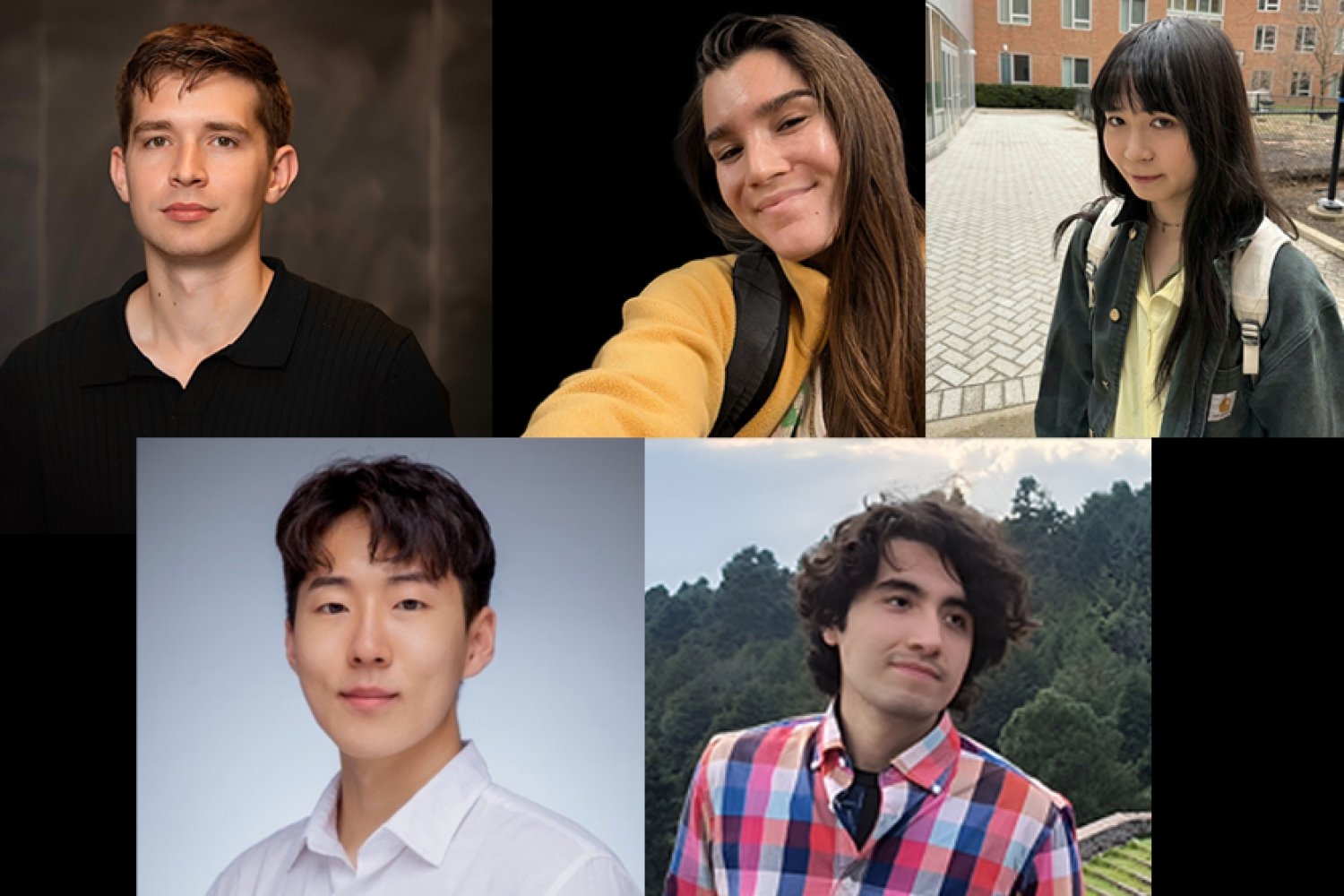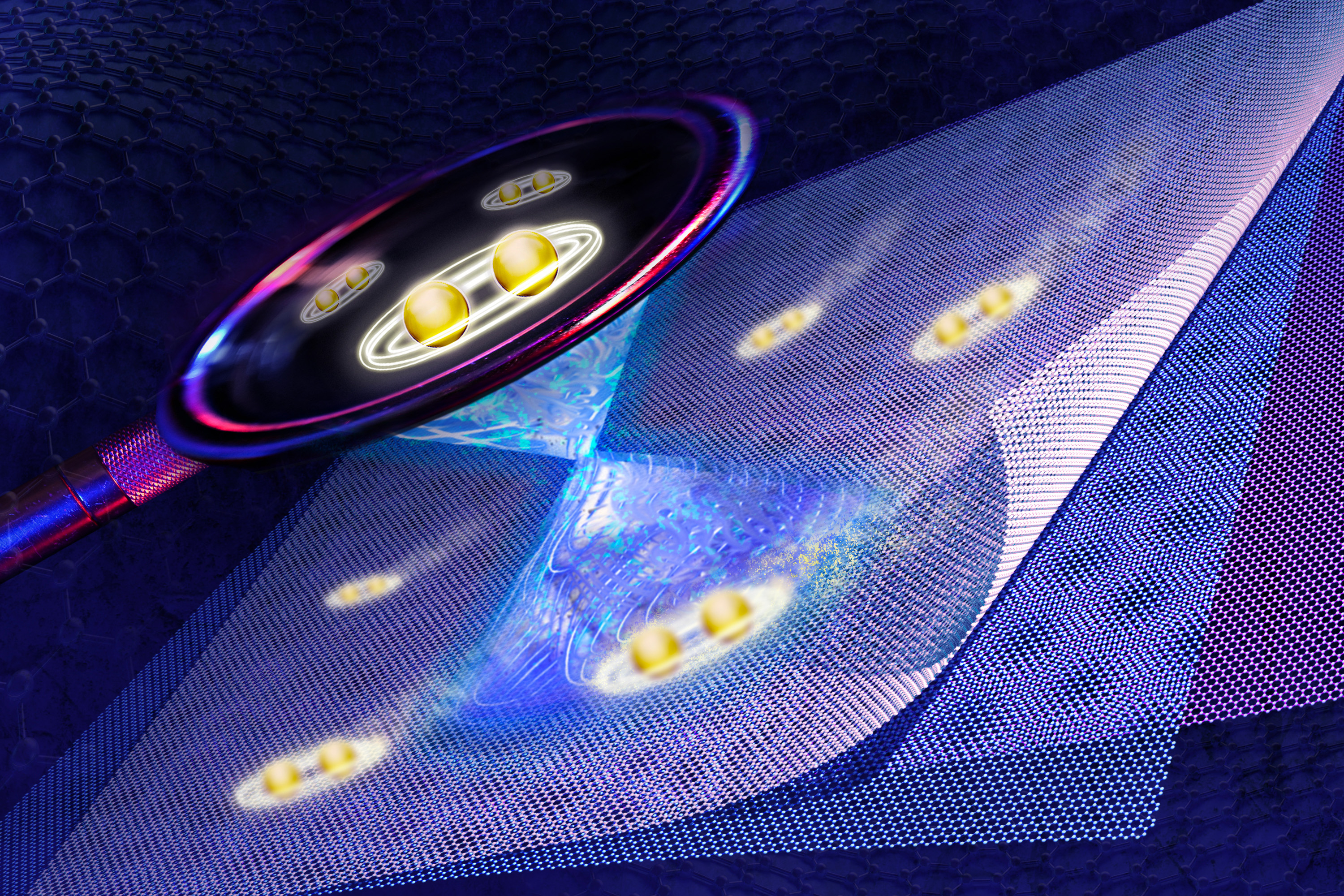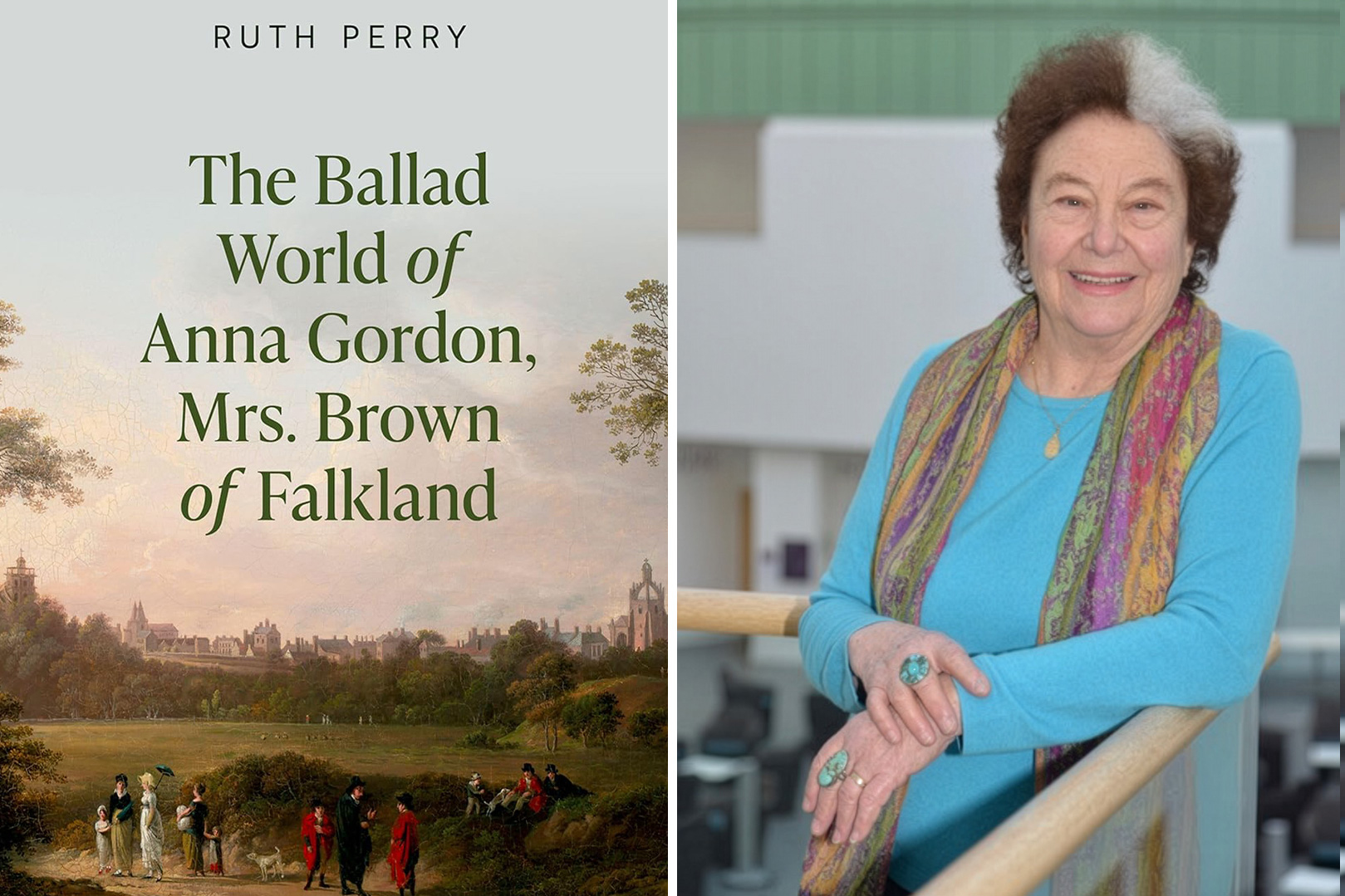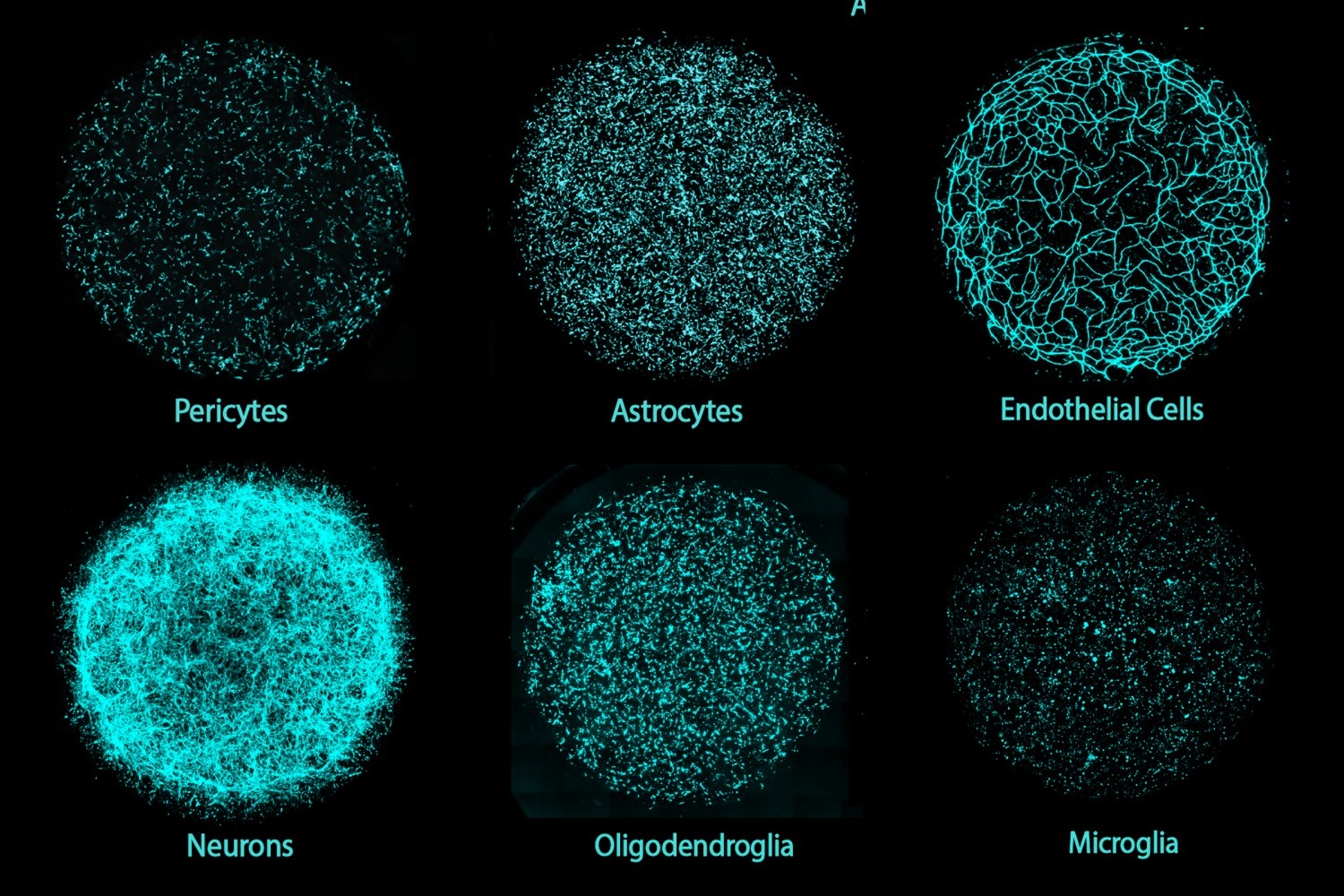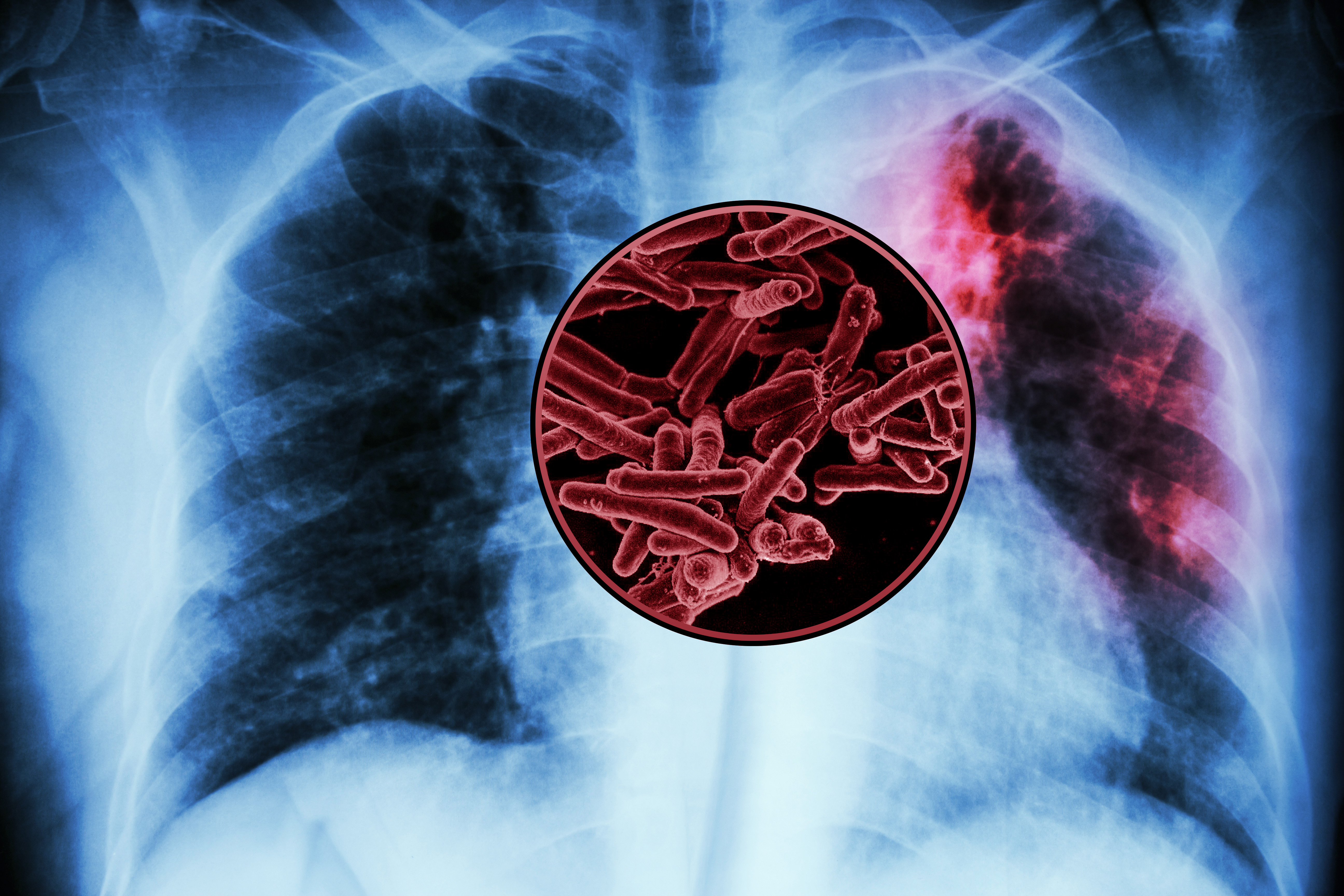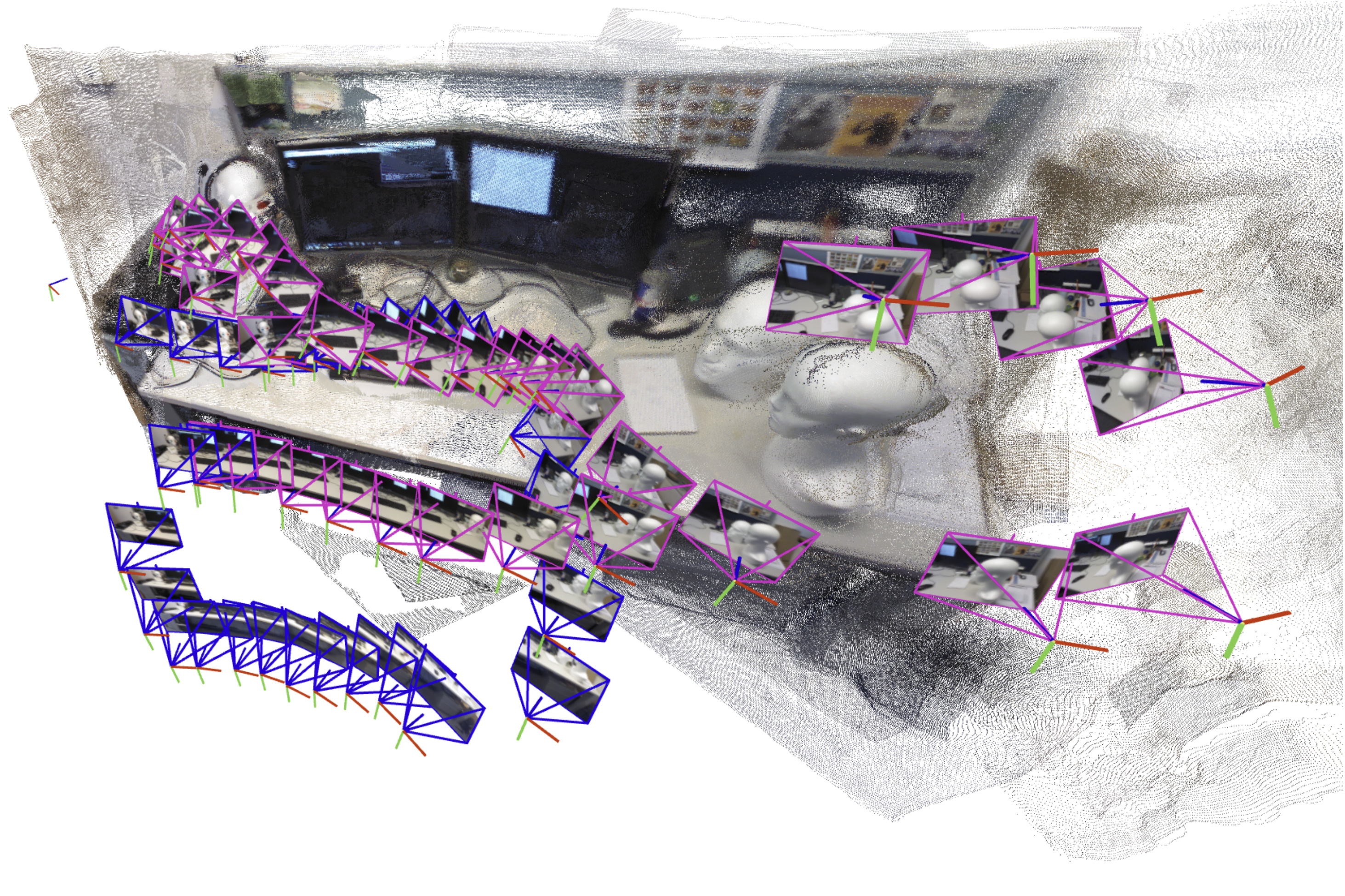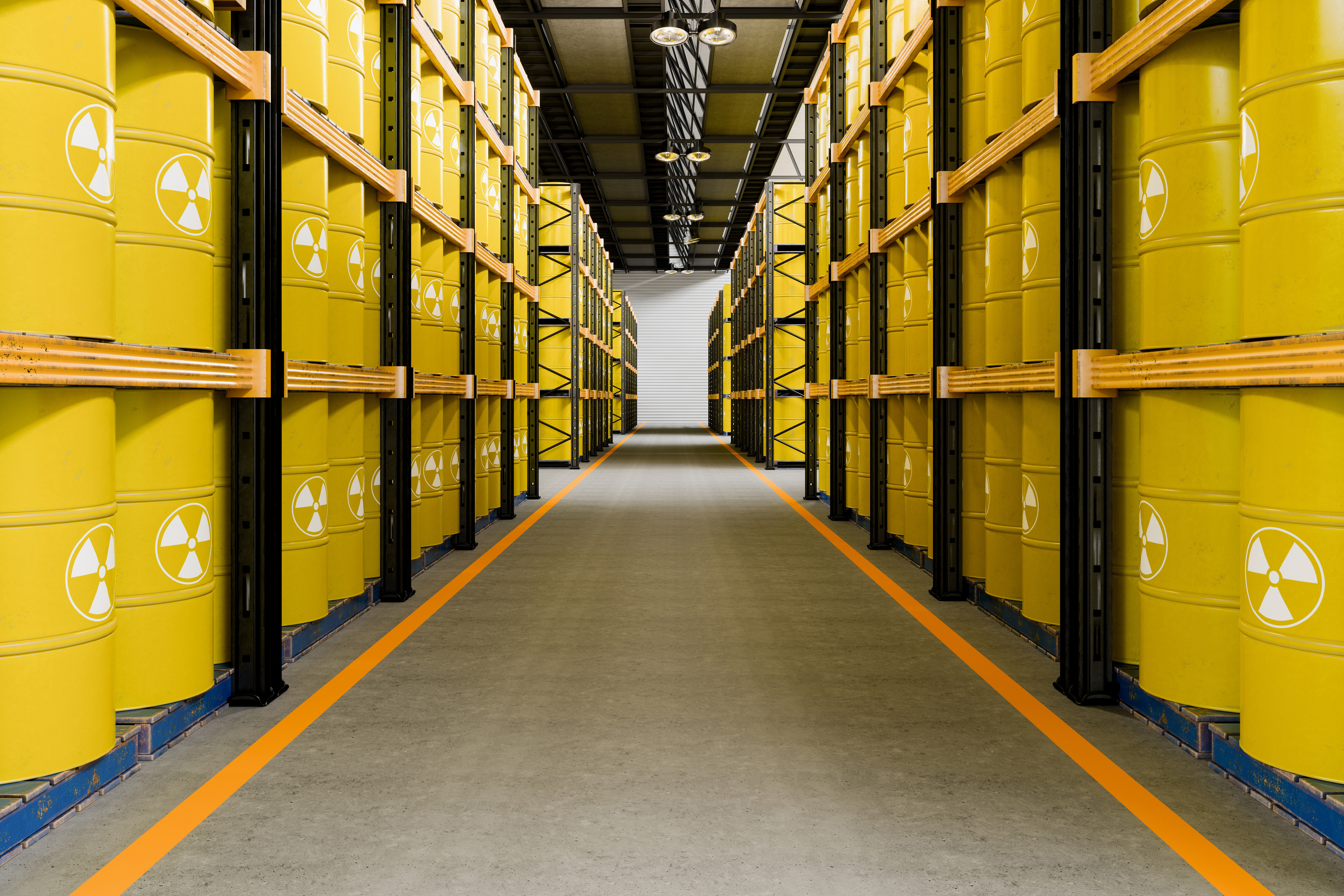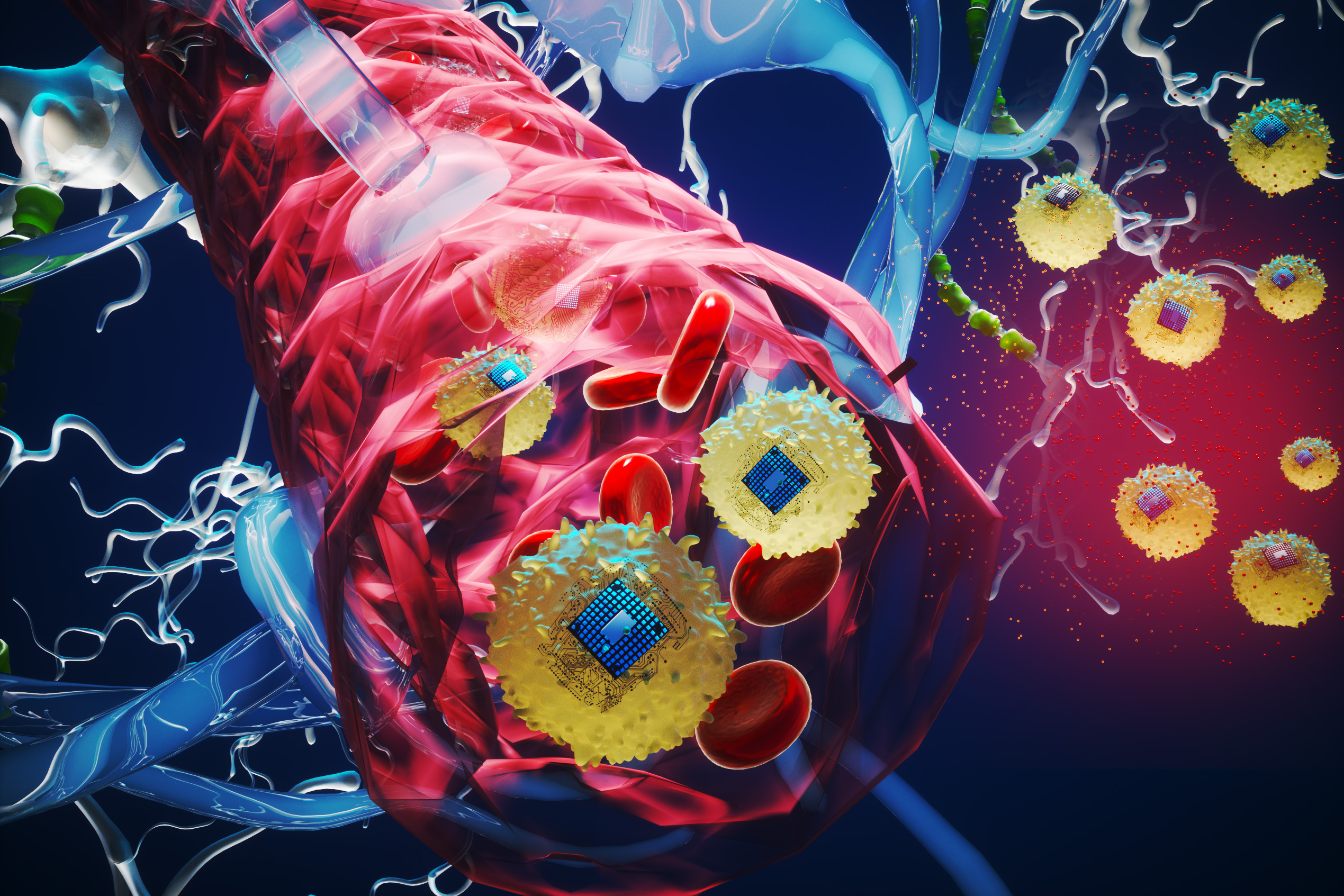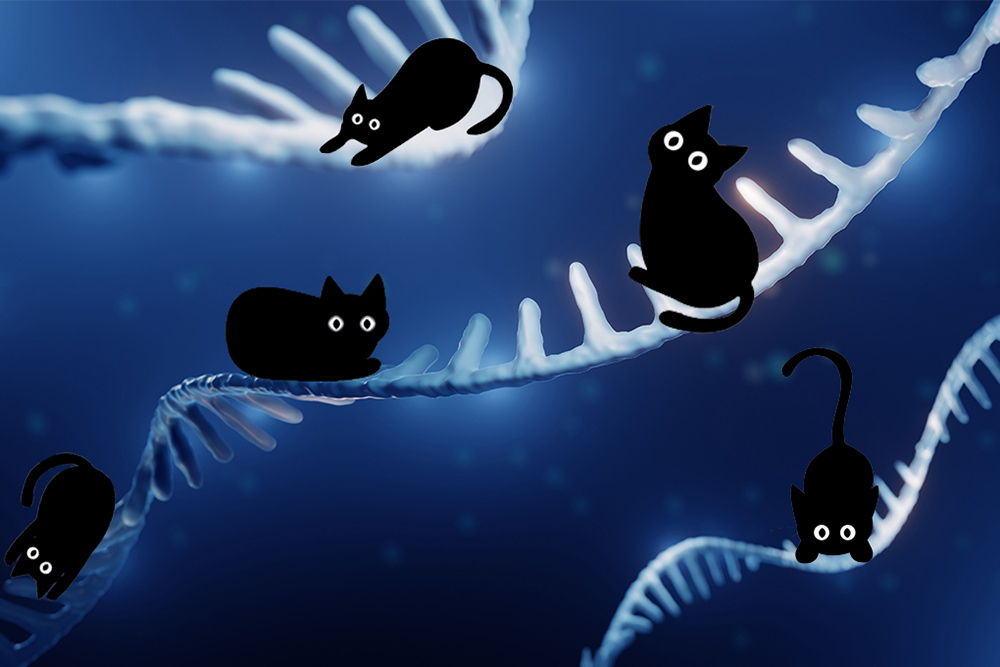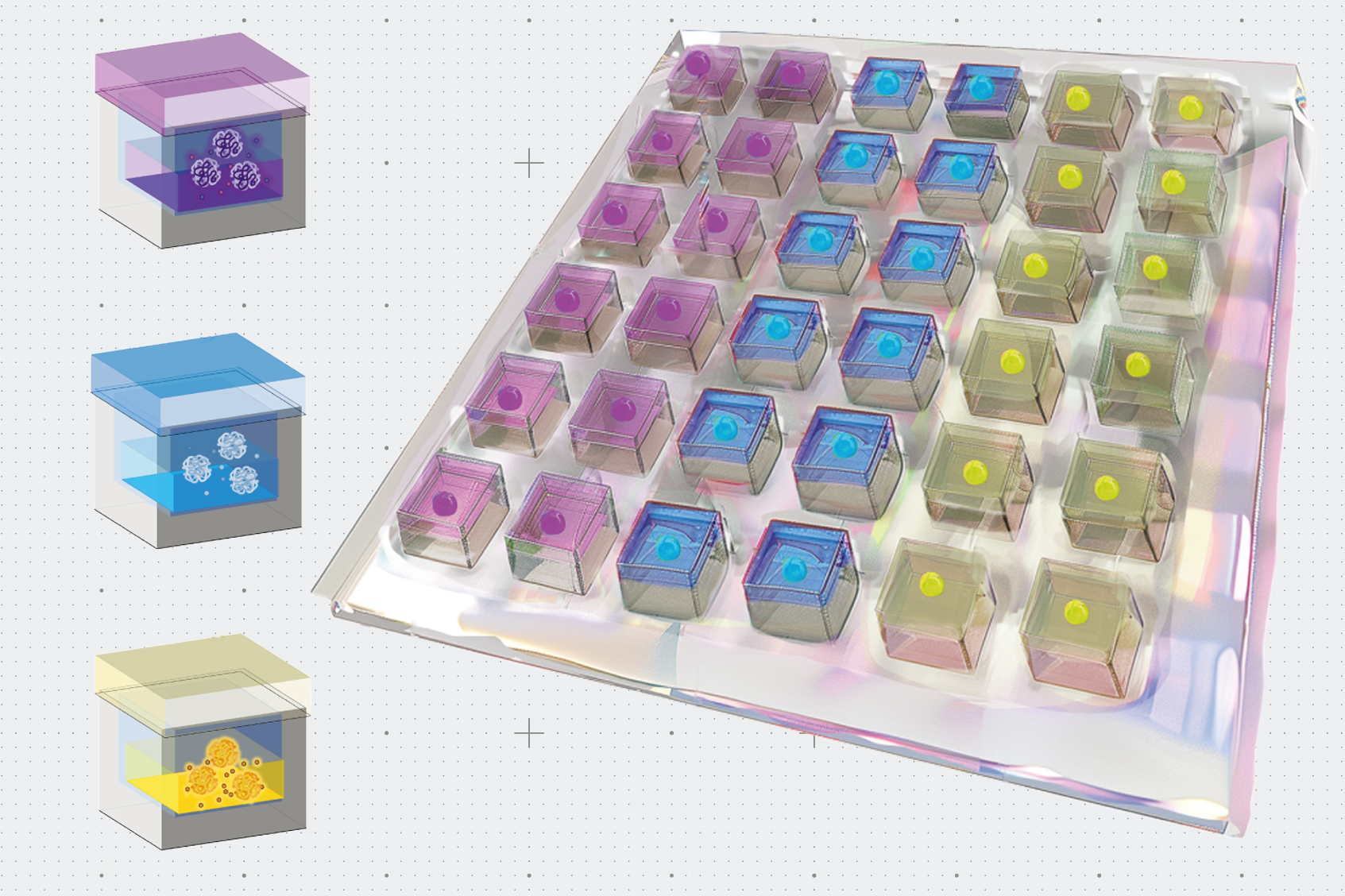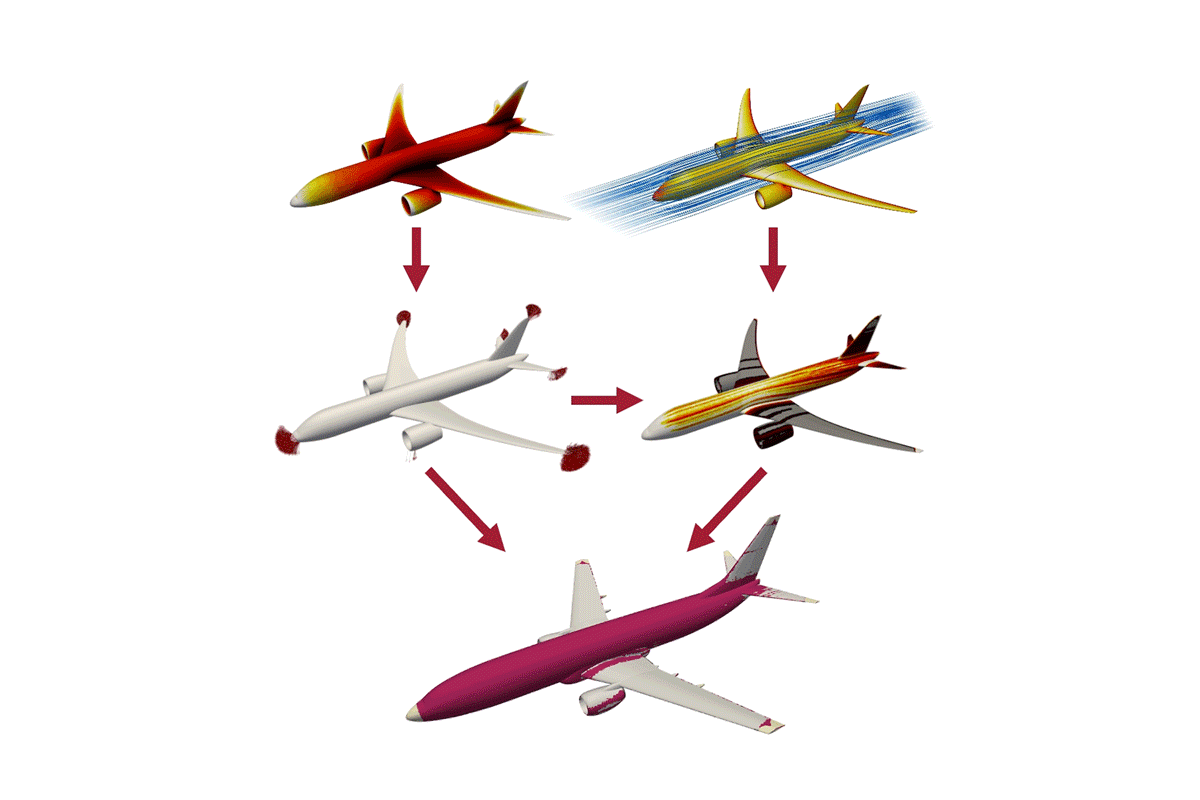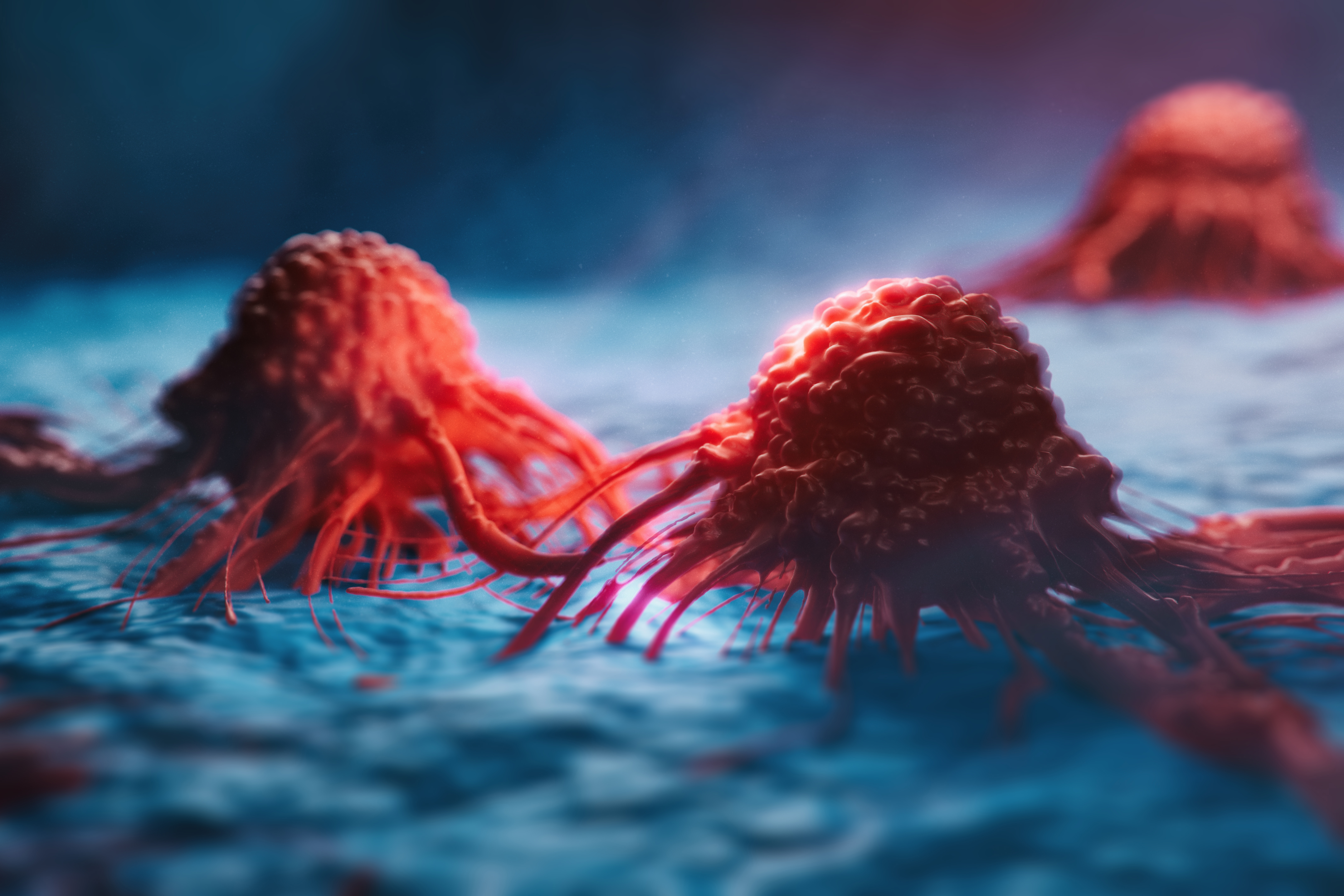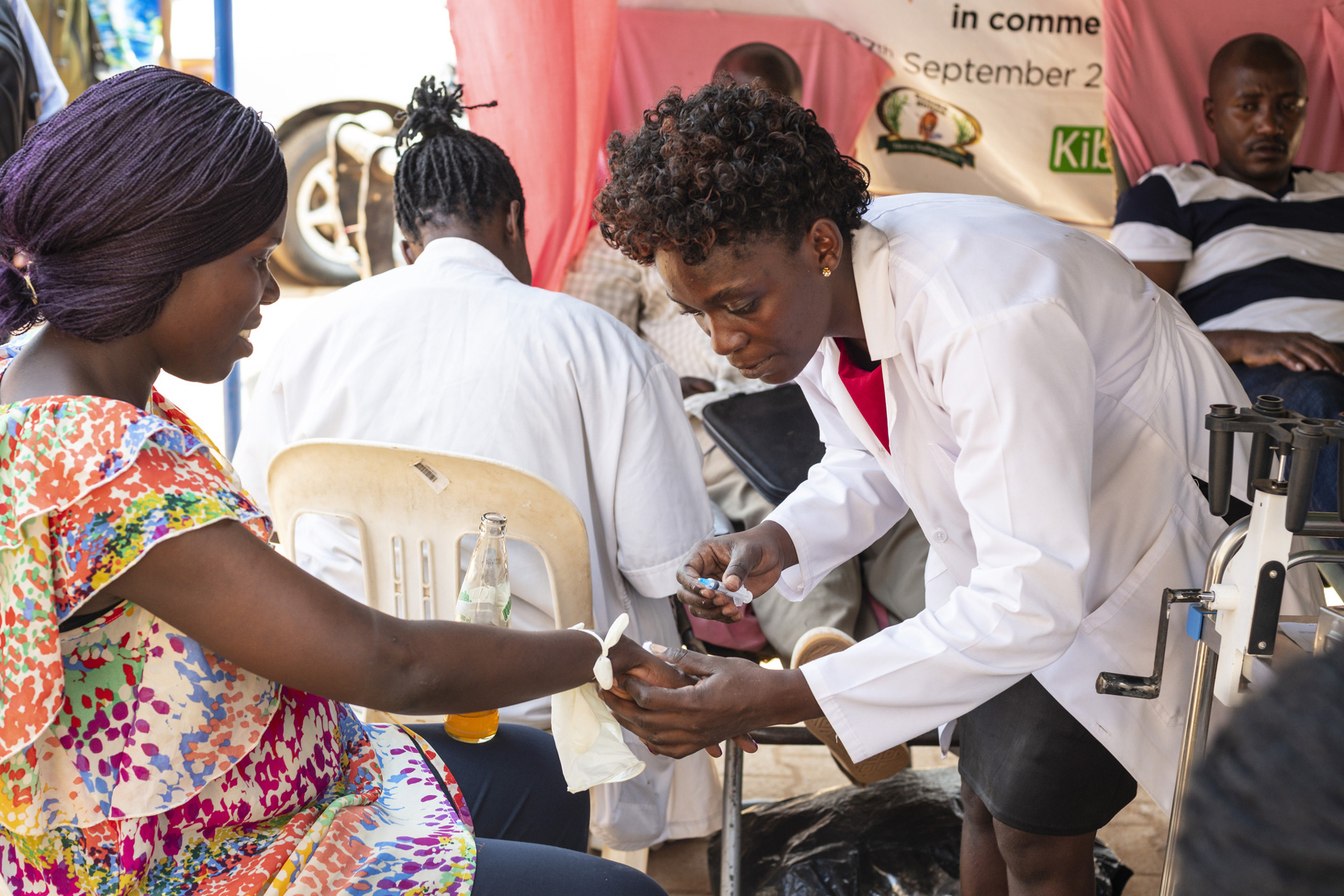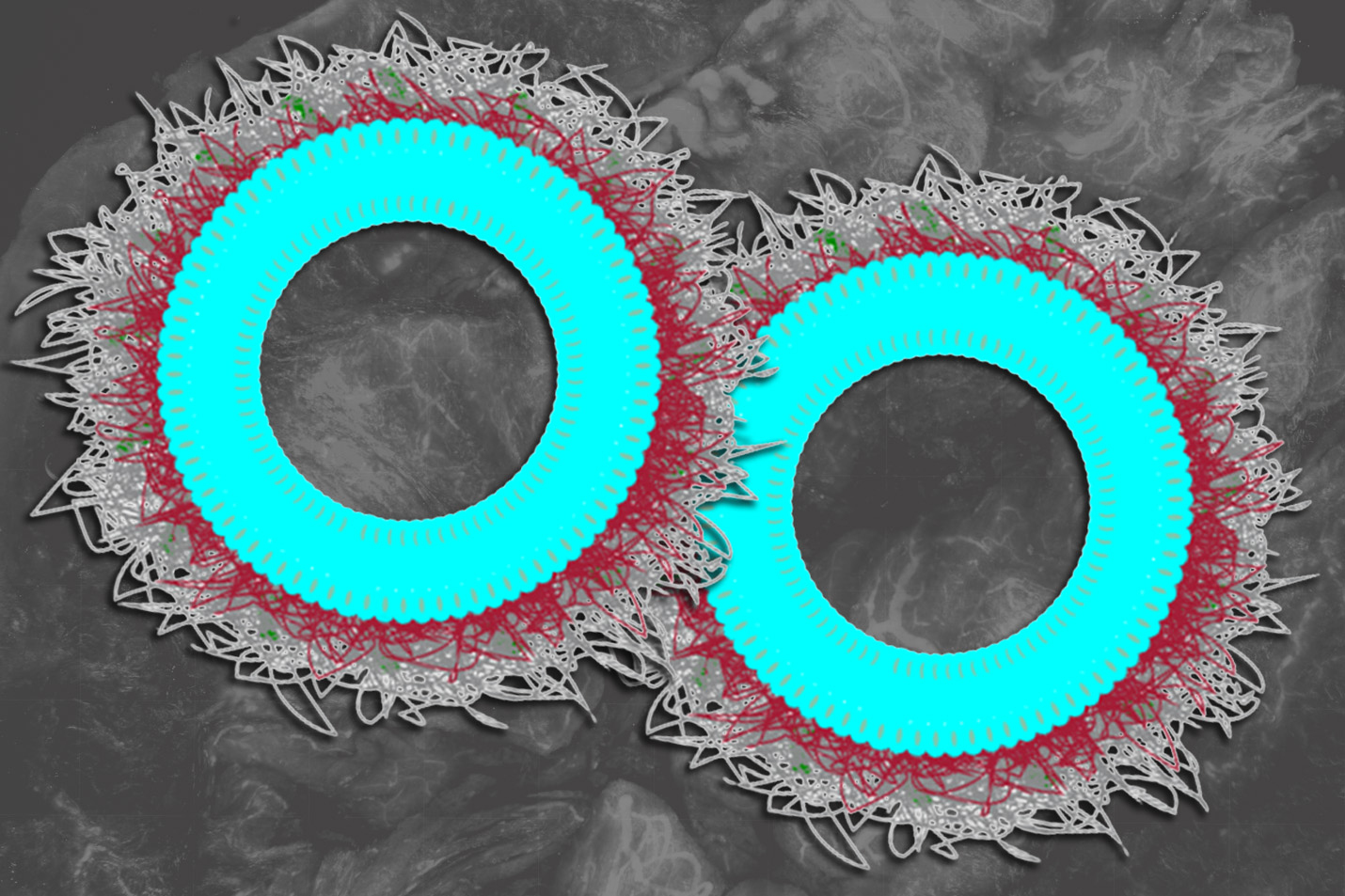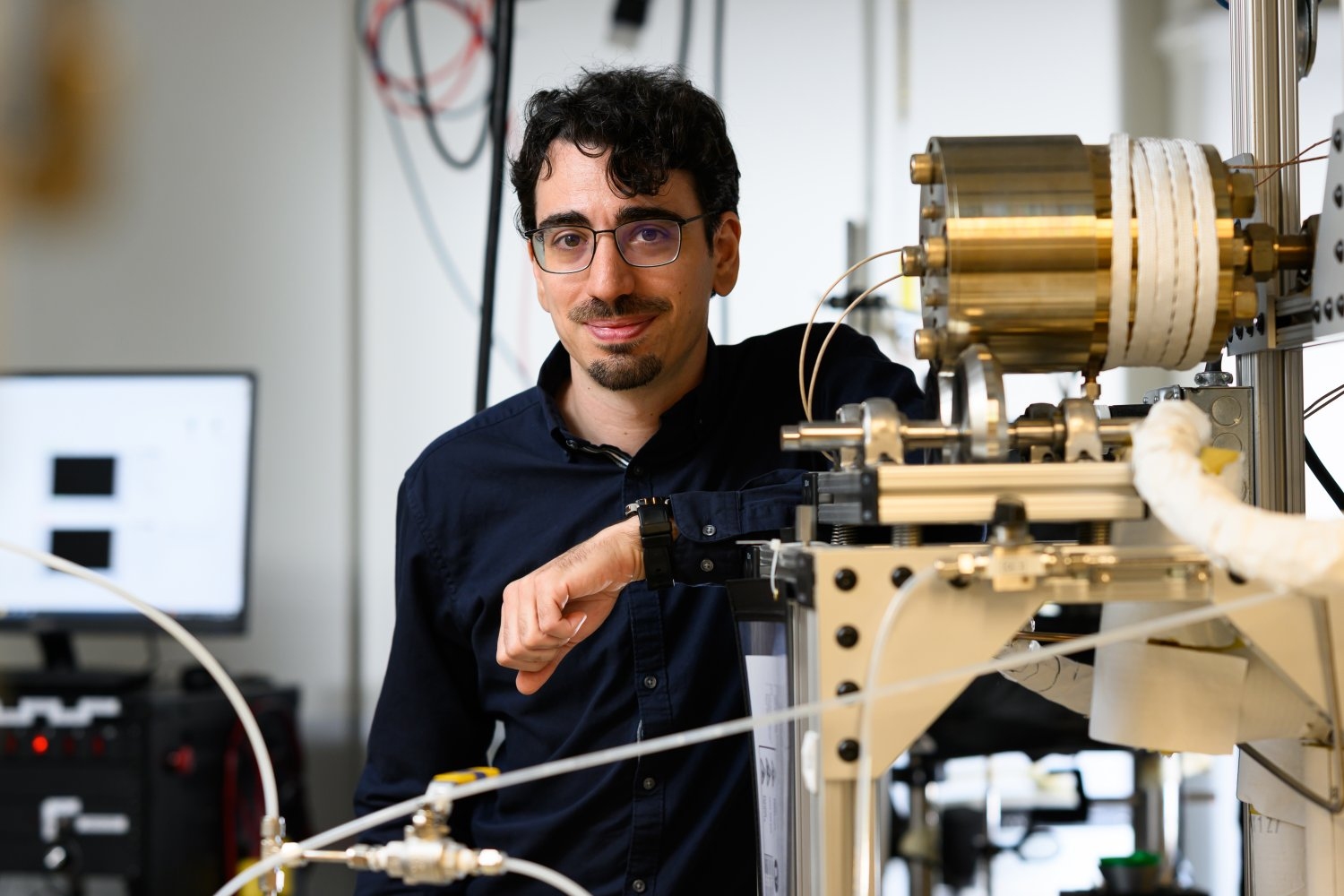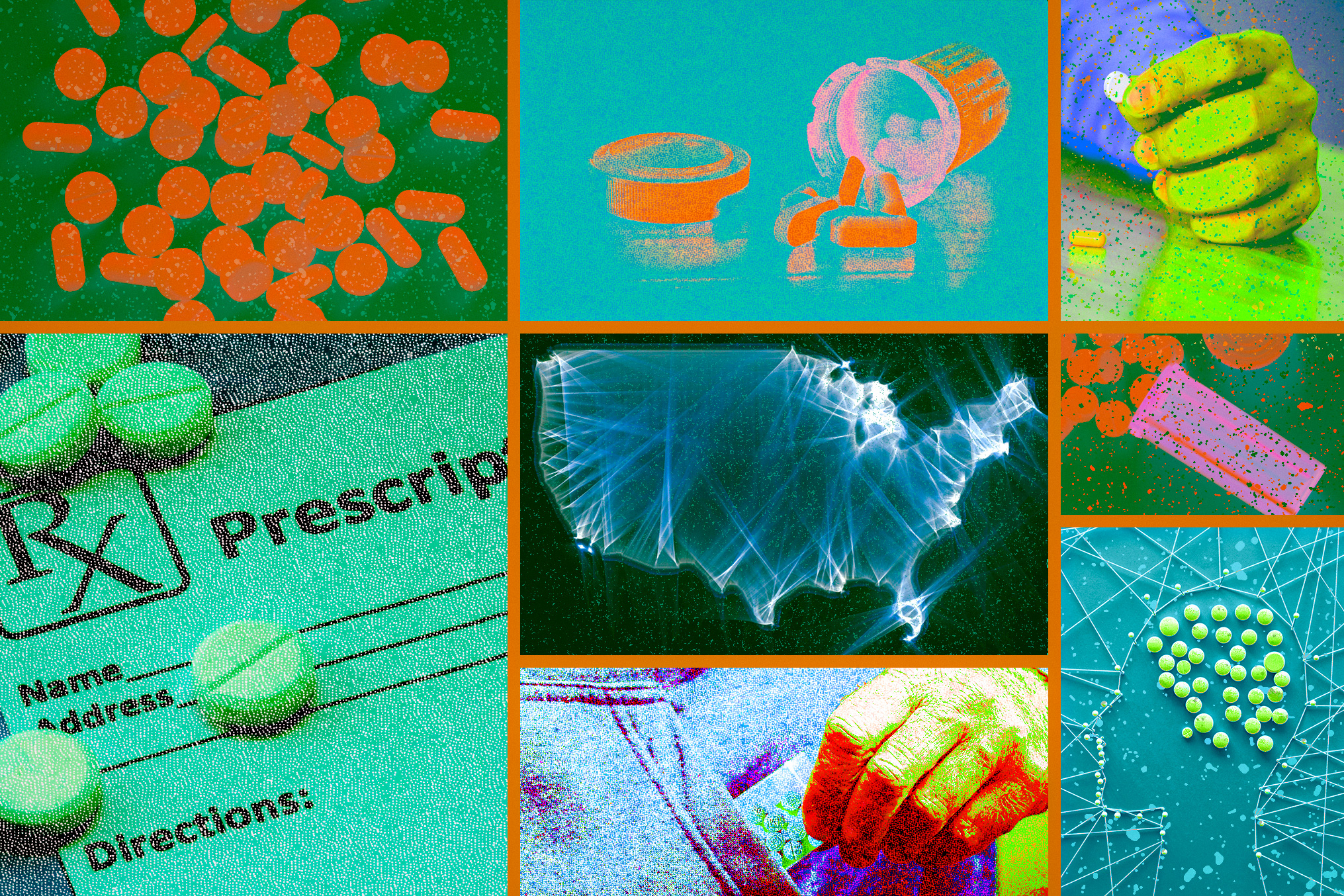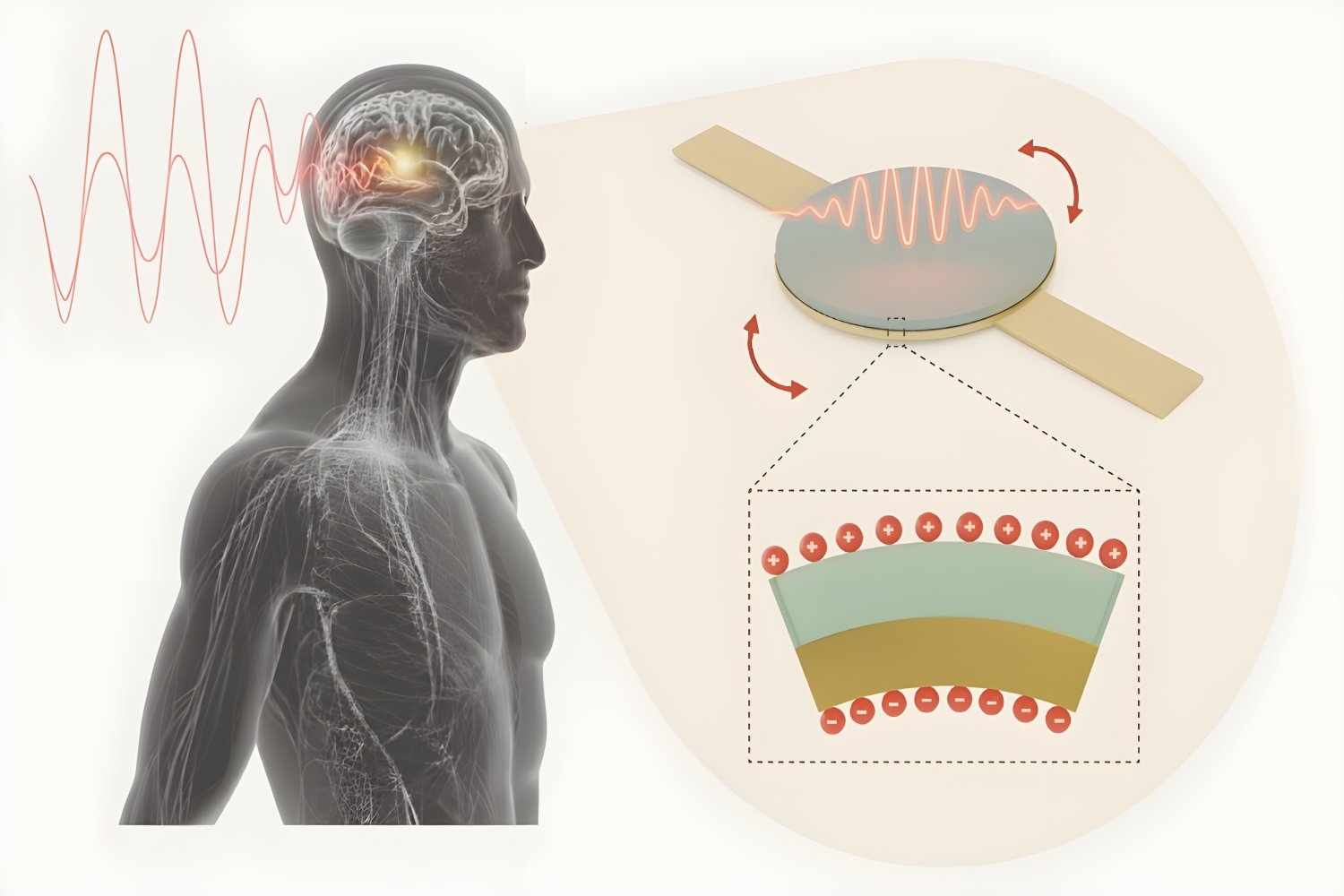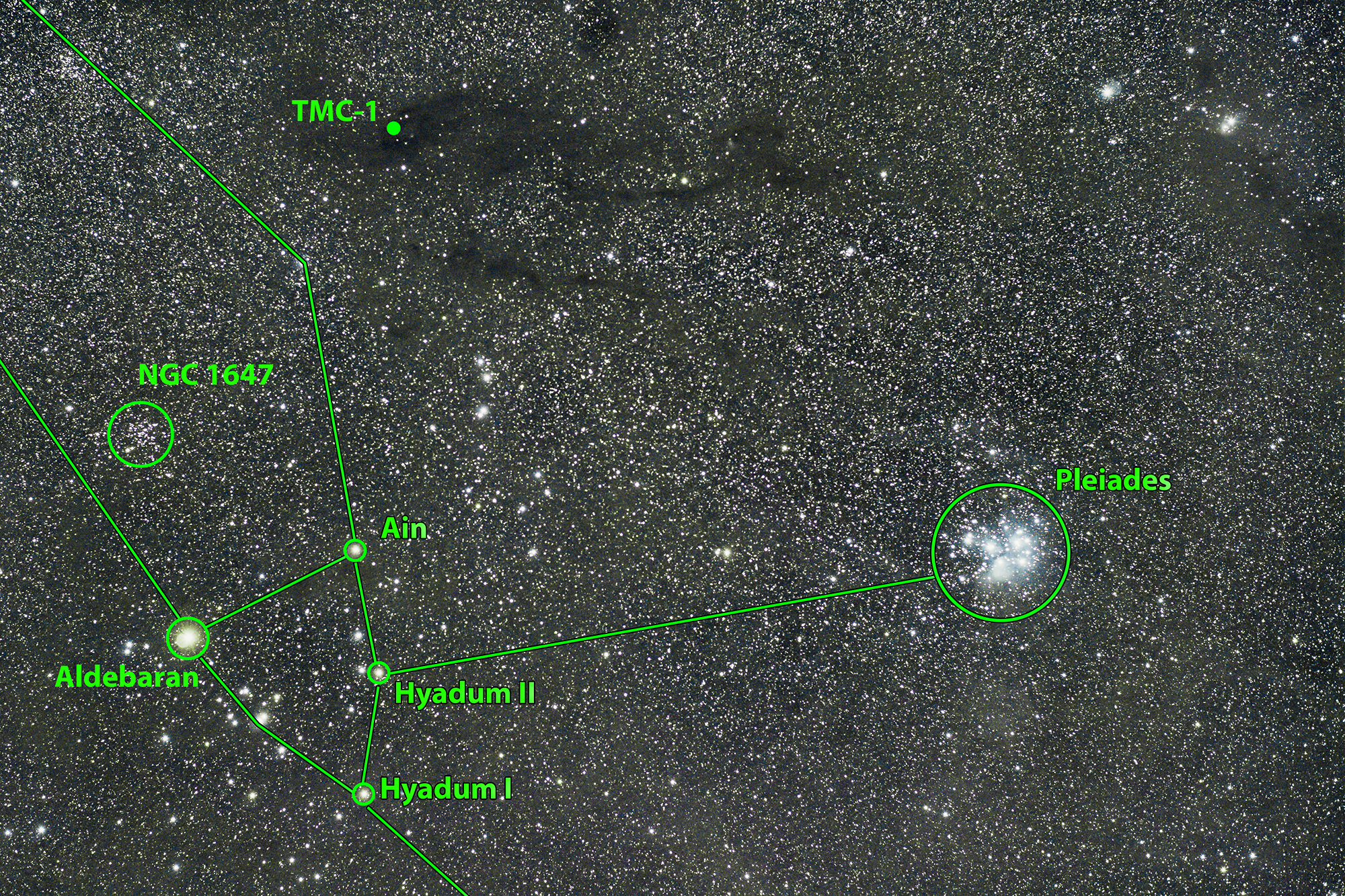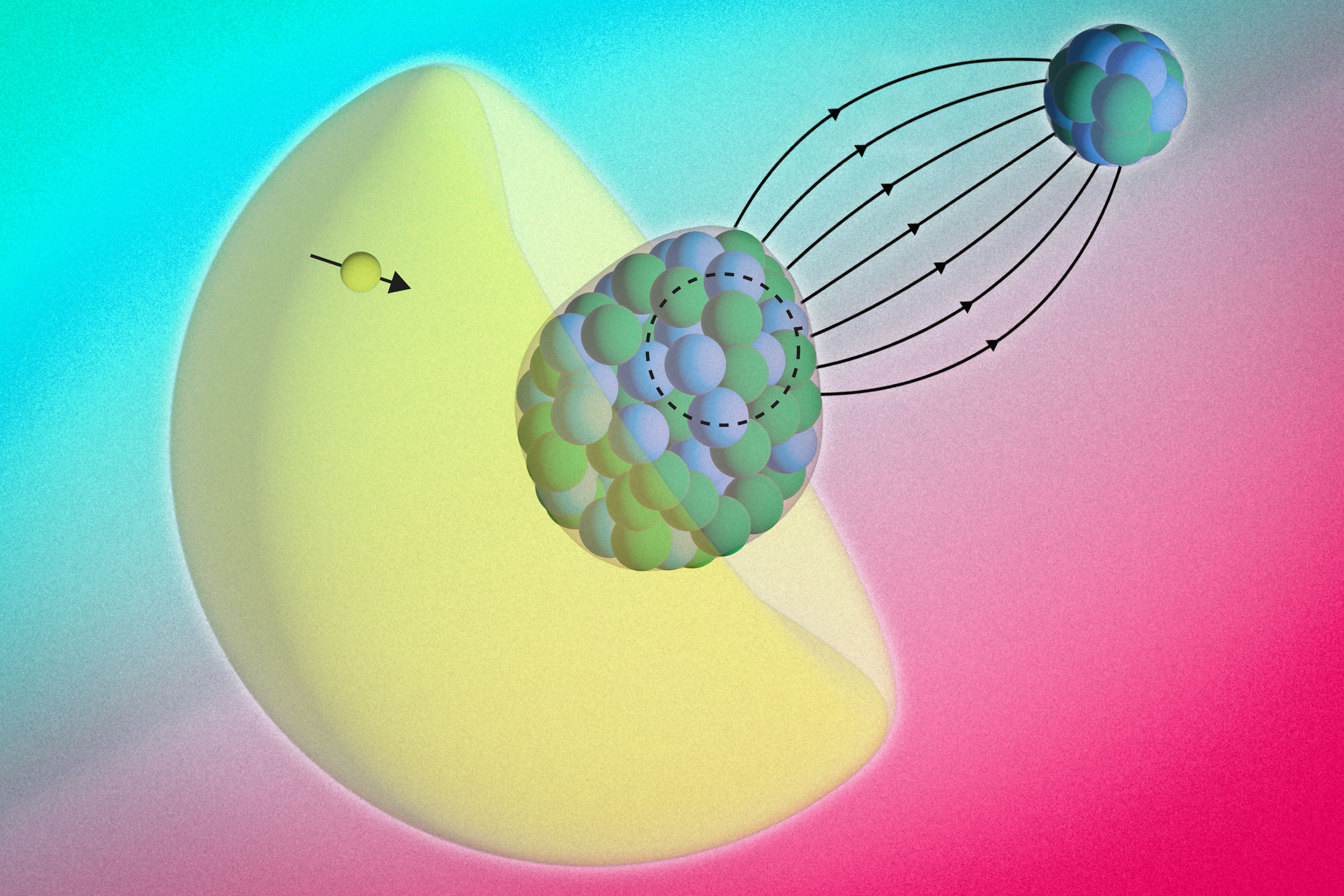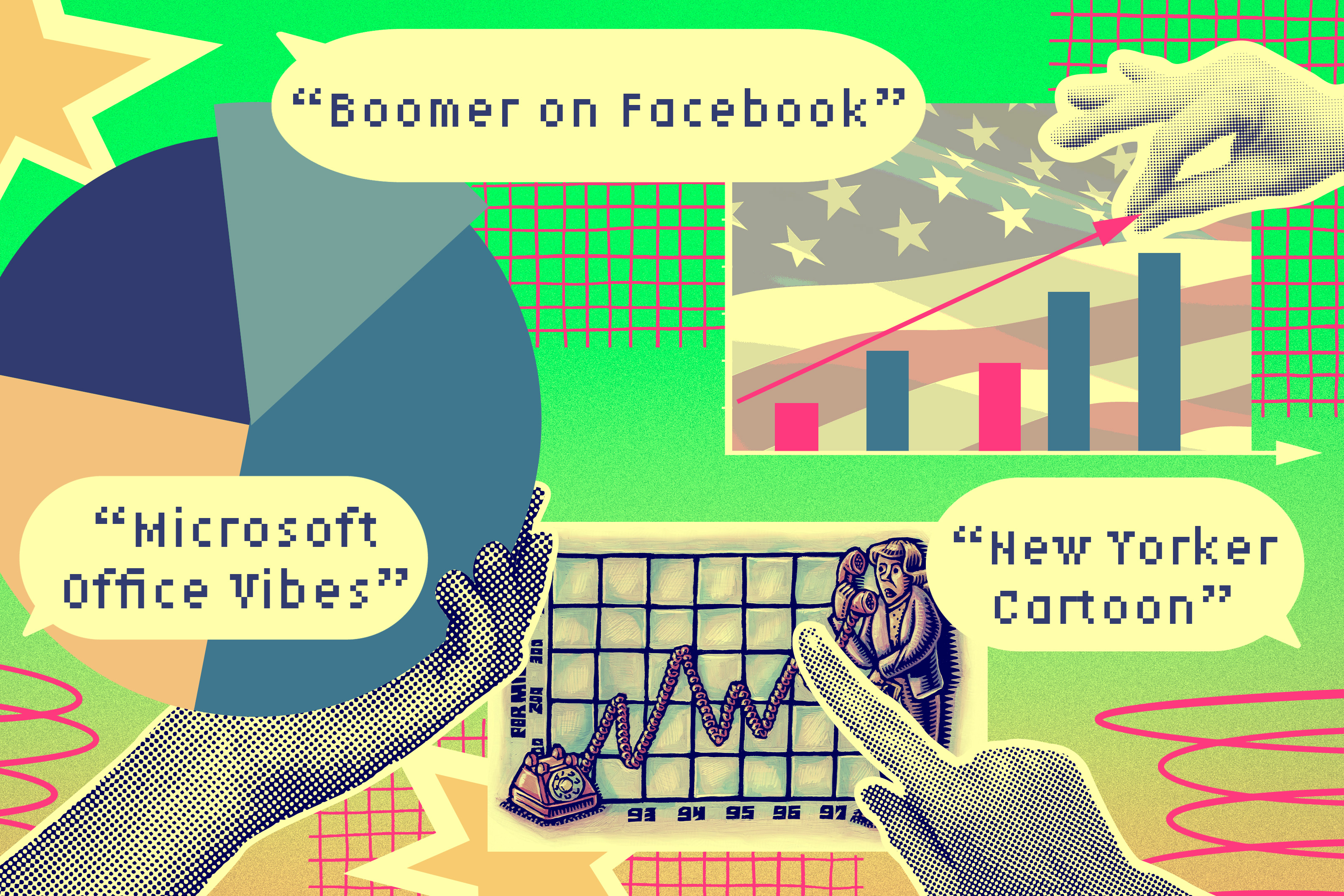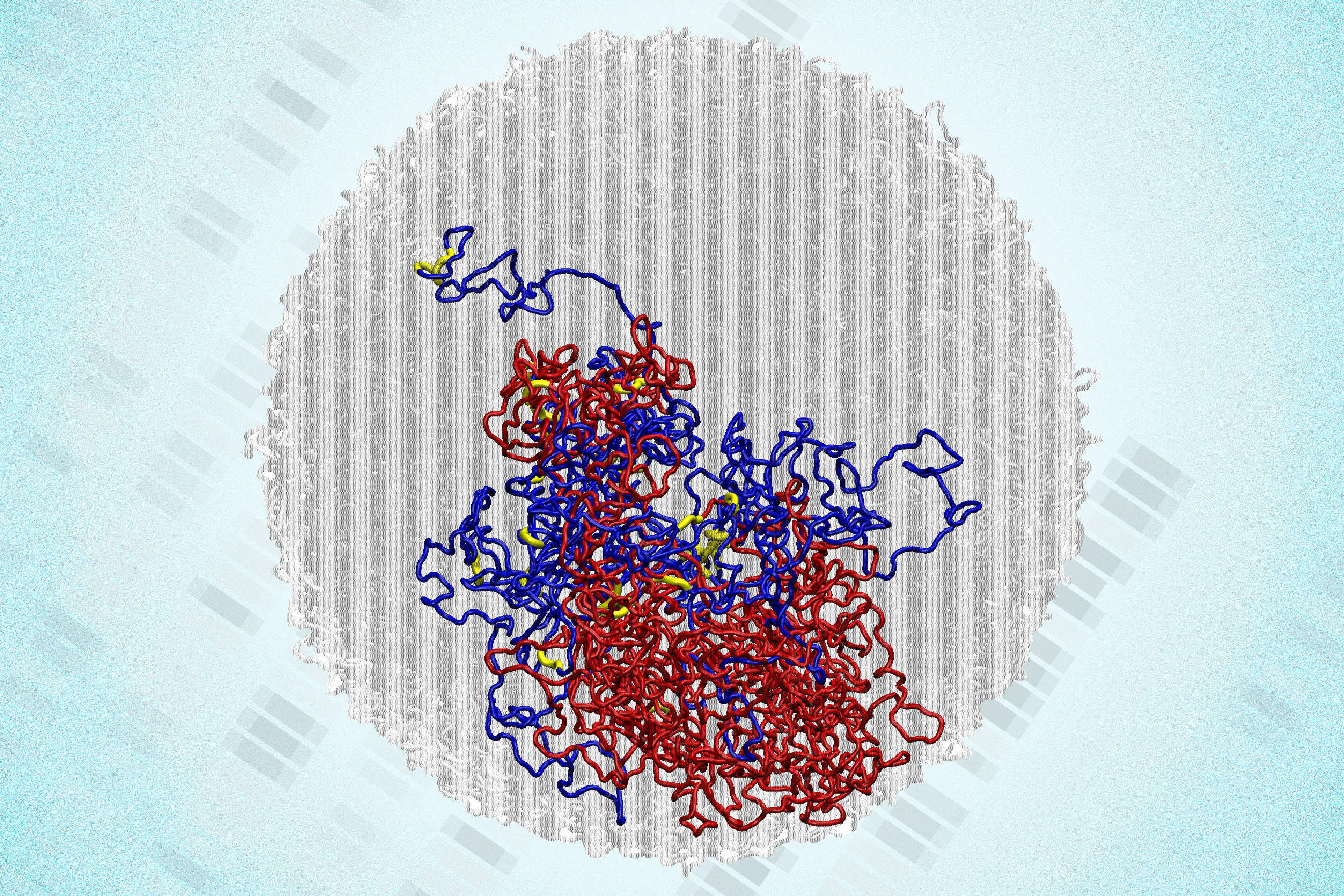MIT-News Research
MIT News MIT News is dedicated to communicating to the media and the public the news and achievements of the students, faculty, staff and the greater MIT community.
- MIT engineers design an aerial microrobot that can fly as fast as a bumblebeevon Adam Zewe | MIT News am 3. Dezember 2025 um 19:00
With insect-like speed and agility, the tiny robot could someday aid in search-and-rescue missions.
- Helping power-system planners prepare for an unknown futurevon Nancy W. Stauffer | MIT Energy Initiative am 3. Dezember 2025 um 16:00
Macro, a modeling tool developed by the MIT Energy Initiative, enables energy-system planners to explore options for developing infrastructure to support decarbonized, reliable, and low-cost power grids.
- Staying stablevon Jennifer Michalowski | McGovern Institute for Brain Research am 3. Dezember 2025 um 16:00
Whether they walk on two, four, or six legs, animals maintain stability by monitoring their body position and correcting errors with every step.
- Noninvasive imaging could replace finger pricks for people with diabetesvon Anne Trafton | MIT News am 3. Dezember 2025 um 5:01
MIT engineers show they can accurately measure blood glucose by shining near-infrared light on the skin.
- MIT chemists synthesize a fungal compound that holds promise for treating brain cancervon Anne Trafton | MIT News am 3. Dezember 2025 um 5:00
Preliminary studies find derivatives of the compound, known as verticillin A, can kill some types of glioma cells.
- MIT researchers demonstrate ship hull modifications to cut fuel usevon Lily Keyes | MIT Sea Grant am 2. Dezember 2025 um 19:00
Wedge-shaped vortex generators reduce drag in ship hulls, which could advance decarbonization for the shipping industry.
- New control system teaches soft robots the art of staying safevon Rachel Gordon | MIT CSAIL am 2. Dezember 2025 um 19:00
MIT CSAIL and LIDS researchers developed a mathematically grounded system that lets soft robots deform, adapt, and interact with people and objects, without violating safety limits.
- Inaugural UROP mixer draws hundreds of students eager to gain research experiencevon Office of the Provost am 2. Dezember 2025 um 19:00
The Institute will commit up to $1 million in new funding to increase supply of UROPs.
- Artificial tendons give muscle-powered robots a boostvon Jennifer Chu | MIT News am 1. Dezember 2025 um 15:00
The new design from MIT engineers could pump up many biohybrid builds.
- Researchers discover a shortcoming that makes LLMs less reliablevon Adam Zewe | MIT News am 26. November 2025 um 5:00
Large language models can learn to mistakenly link certain sentence patterns with specific topics — and may then repeat these patterns instead of reasoning.
- MIT scientists debut a generative AI model that could create molecules addressing hard-to-treat diseasesvon Alex Ouyang | Abdul Latif Jameel Clinic for Machine Learning in Health am 25. November 2025 um 21:25
BoltzGen generates protein binders for any biological target from scratch, expanding AI’s reach from understanding biology toward engineering it.
- How artificial intelligence can help achieve a clean energy futurevon Nancy W. Stauffer | MIT Energy Initiative am 24. November 2025 um 22:00
AI supports the clean energy transition as it manages power grid operations, helps plan infrastructure investments, guides development of novel materials, and more.
- Scientists get a first look at the innermost region of a white dwarf systemvon Jennifer Chu | MIT News am 20. November 2025 um 5:00
X-ray observations reveal surprising features of the dying star’s most energetic environment.
- The cost of thinkingvon Jennifer Michalowski | McGovern Institute for Brain Research am 19. November 2025 um 21:45
MIT neuroscientists find a surprising parallel in the ways humans and new AI models solve complex problems.
- New AI agent learns to use CAD to create 3D objects from sketchesvon Jennifer Chu | MIT News am 19. November 2025 um 5:00
The virtual VideoCAD tool could boost designers’ productivity and help train engineers learning computer-aided design.
- The science of consciousnessvon Benjamin Daniel | School of Humanities, Arts, and Social Sciences am 18. November 2025 um 19:50
Through the MIT Consciousness Club, professors Matthias Michel and Earl Miller are exploring how neurological activity gives rise to human experience.
- Introducing the MIT-GE Vernova Climate and Energy Alliancevon CK Taylor | Office of Innovation and Strategy am 18. November 2025 um 16:50
Five-year collaboration between MIT and GE Vernova aims to accelerate the energy transition and scale new innovations.
- MIT researchers use CT scans to unravel mysteries of early metal productionvon Zach Winn | MIT News am 18. November 2025 um 15:00
The team adapted the medical technique to study slag waste that was a byproduct of ancient copper smelting.
- Ultrasonic device dramatically speeds harvesting of water from the airvon Jennifer Chu | MIT News am 18. November 2025 um 10:00
The system can be paired with any atmospheric water harvesting material to shake out drinking water in minutes instead of hours.
- Bigger datasets aren’t always bettervon Adam Zewe | MIT News am 18. November 2025 um 5:00
MIT researchers developed a way to identify the smallest dataset that guarantees optimal solutions to complex problems.
- Study suggests 40Hz sensory stimulation may benefit some Alzheimer’s patients for yearsvon David Orenstein | The Picower Institute for Learning and Memory am 14. November 2025 um 20:35
Five volunteers received 40Hz stimulation for around two years after an early-stage clinical study. Those with late-onset Alzheimer’s performed better on assessments than Alzheimer’s patients outside the trial.
- MIT Haystack scientists study recent geospace storms and resulting light showsvon Nancy Wolfe Kotary | Philip J. Erickson | MIT Haystack Observatory am 14. November 2025 um 20:15
Solar maximum occurred within the past year — good news for aurora watchers, as the most active period for displays at New England latitudes occurs in the three years following solar maximum.
- New lightweight polymer film can prevent corrosionvon Anne Trafton | MIT News am 12. November 2025 um 16:00
Because it’s nearly impermeable to gases, the polymer coating developed by MIT engineers could be used to protect solar panels, machinery, infrastructure, and more.
- Leading quantum at an inflection pointvon Office of the Vice President for Research am 10. November 2025 um 15:00
The MIT Quantum Initiative is taking shape, leveraging quantum breakthroughs to drive the future of scientific and technological progress.
- Particles that enhance mRNA delivery could reduce vaccine dosage and costsvon Anne Trafton | MIT News am 7. November 2025 um 10:00
Using these nanoparticles to deliver a flu vaccine, researchers observed an effective immune response at a much lower dose.
- Charting the future of AI, from safer answers to faster thinkingvon Lauren Hinkel | MIT-IBM Watson AI Lab am 6. November 2025 um 21:40
MIT PhD students who interned with the MIT-IBM Watson AI Lab Summer Program are pushing AI tools to be more flexible, efficient, and grounded in truth.
- MIT physicists observe key evidence of unconventional superconductivity in magic-angle graphenevon Jennifer Chu | MIT News am 6. November 2025 um 19:00
The findings could open a route to new forms of higher-temperature superconductors.
- Q&A: How folk ballads explain the worldvon Peter Dizikes | MIT News am 6. November 2025 um 5:00
Ruth Perry’s new book profiles Anna Gordon, a Scotswoman who preserved and transmitted precious popular ballads, and with them national traditions.
- MIT researchers invent new human brain model to enable disease research, drug discoveryvon David Orenstein | Bendta Schroeder | The Picower Institute for Learning and Memory | Koch Institute am 5. November 2025 um 22:15
Cultured from induced pluripotent stem cells, “miBrains” integrate all major brain cell types and model brain structures, cellular interactions, activity, and pathological features.
- MIT study finds targets for a new tuberculosis vaccinevon Anne Trafton | MIT News am 5. November 2025 um 19:00
Using these antigens, researchers plan to develop vaccine candidates that they hope would stimulate a strong immune response against the world’s deadliest pathogen.
- Teaching robots to map large environmentsvon Adam Zewe | MIT News am 5. November 2025 um 15:00
A new approach developed at MIT could help a search-and-rescue robot navigate an unpredictable environment by rapidly generating an accurate map of its surroundings.
- What should countries do with their nuclear waste?von Zach Winn | MIT News am 5. November 2025 um 10:00
A new study by MIT researchers analyzes different nuclear waste management strategies, with a focus on the radionuclide iodine-129.
- New therapeutic brain implants could defy the need for surgeryvon Adam Zewe | MIT News am 5. November 2025 um 10:00
MIT researchers created microscopic wireless electronic devices that travel through blood and implant in target brain regions, where they provide electrical stimulation.
- A new way to understand and predict gene splicingvon Lillian Eden | Department of Biology am 4. November 2025 um 21:15
The KATMAP model, developed by researchers in the Department of Biology, can predict alternative cell splicing, which allows cells to create endless diversity from the same sets of genetic blueprints.
- A new patch could help to heal the heartvon Anne Trafton | MIT News am 4. November 2025 um 16:00
MIT engineers developed a programmable drug-delivery patch that can promote tissue healing and blood vessel regrowth following a heart attack.
- Lightning-prediction tool could help protect the planes of the futurevon Jennifer Chu | MIT News am 4. November 2025 um 5:00
The new approach maps aircraft sections most vulnerable to lightning, including on planes with experimental designs.
- Turning on an immune pathway in tumors could lead to their destructionvon Anne Trafton | MIT News am 3. November 2025 um 20:00
MIT researchers show they can use messenger RNA to activate the pathway and trigger the immune system to attack tumors.
- A faster problem-solving tool that guarantees feasibilityvon Adam Zewe | MIT News am 3. November 2025 um 5:00
The FSNet system, developed at MIT, could help power grid operators rapidly find feasible solutions for optimizing the flow of electricity.
- Study: Good management of aid projects reduces local violencevon Peter Dizikes | MIT News am 3. November 2025 um 5:00
World Bank data show how the organization of programs influences political conflict — indicating a path to better aid delivery.
- New nanoparticles stimulate the immune system to attack ovarian tumorsvon Anne Trafton | MIT News am 31. Oktober 2025 um 10:00
Targeted particles carrying the cytokine IL-12 can jump-start T cells, allowing them to clear tumors while avoiding side effects.
- Using classic physical phenomena to solve new problemsvon Poornima Apte | Department of Nuclear Science and Engineering am 31. Oktober 2025 um 4:00
Marco Graffiedi, a doctoral student in nuclear science and engineering, is researching quenching processes to help cool nuclear cores, and NASA craft the next generation of space vehicles.
- Study reveals the role of geography in the opioid crisisvon Peter Dizikes | MIT News am 30. Oktober 2025 um 4:00
The findings point to state policies involving the presence of “pill mills” as influences on addiction over time.
- Injectable antenna could safely power deep-tissue medical implantsvon Michaela Jarvis | MIT Media Lab am 29. Oktober 2025 um 21:00
The technology would allow battery-free, minimally invasive, scalable bioelectronic implants such as pacemakers, neuromodulators, and body process monitors.
- Study: Identifying kids who need help learning to read isn’t as easy as A, B, Cvon Anne Trafton | MIT News am 29. Oktober 2025 um 15:45
While most states mandate screenings to guide early interventions for children struggling with reading, many teachers feel underprepared to administer and interpret them.
- This is your brain without sleepvon Anne Trafton | MIT News am 29. Oktober 2025 um 10:00
New research shows attention lapses due to sleep deprivation coincide with a flushing of fluid from the brain — a process that normally occurs during sleep.
- Astronomical data collection of Taurus Molecular Cloud-1 reveals over 100 different moleculesvon Danielle Randall Doughty | Department of Chemistry am 27. Oktober 2025 um 21:00
The discovery will help researchers understand how chemicals form and change before stars and planets are born.
- With a new molecule-based method, physicists peer inside an atom’s nucleusvon Jennifer Chu | MIT News am 23. Oktober 2025 um 18:00
An alternative to massive particle colliders, the approach could reveal insights into the universe’s starting ingredients.
- A “seating chart” for atoms helps locate their positions in materialsvon Jennifer Chu | MIT News am 22. Oktober 2025 um 16:30
The DIGIT imaging tool could enable the design of quantum devices and shed light on atomic-scale processes in cells and tissues.
- Charts can be social artifacts that communicate more than just datavon Adam Zewe | MIT News am 22. Oktober 2025 um 4:00
Researchers find that design elements of data visualizations influence viewers’ assumptions about the source of the information and its trustworthiness.
- In a surprising discovery, scientists find tiny loops in the genomes of dividing cellsvon Anne Trafton | MIT News am 17. Oktober 2025 um 9:00
Enabled by a new high-resolution mapping technique, the findings overturn a long-held belief that the genome loses its 3D structure when cells divide.

